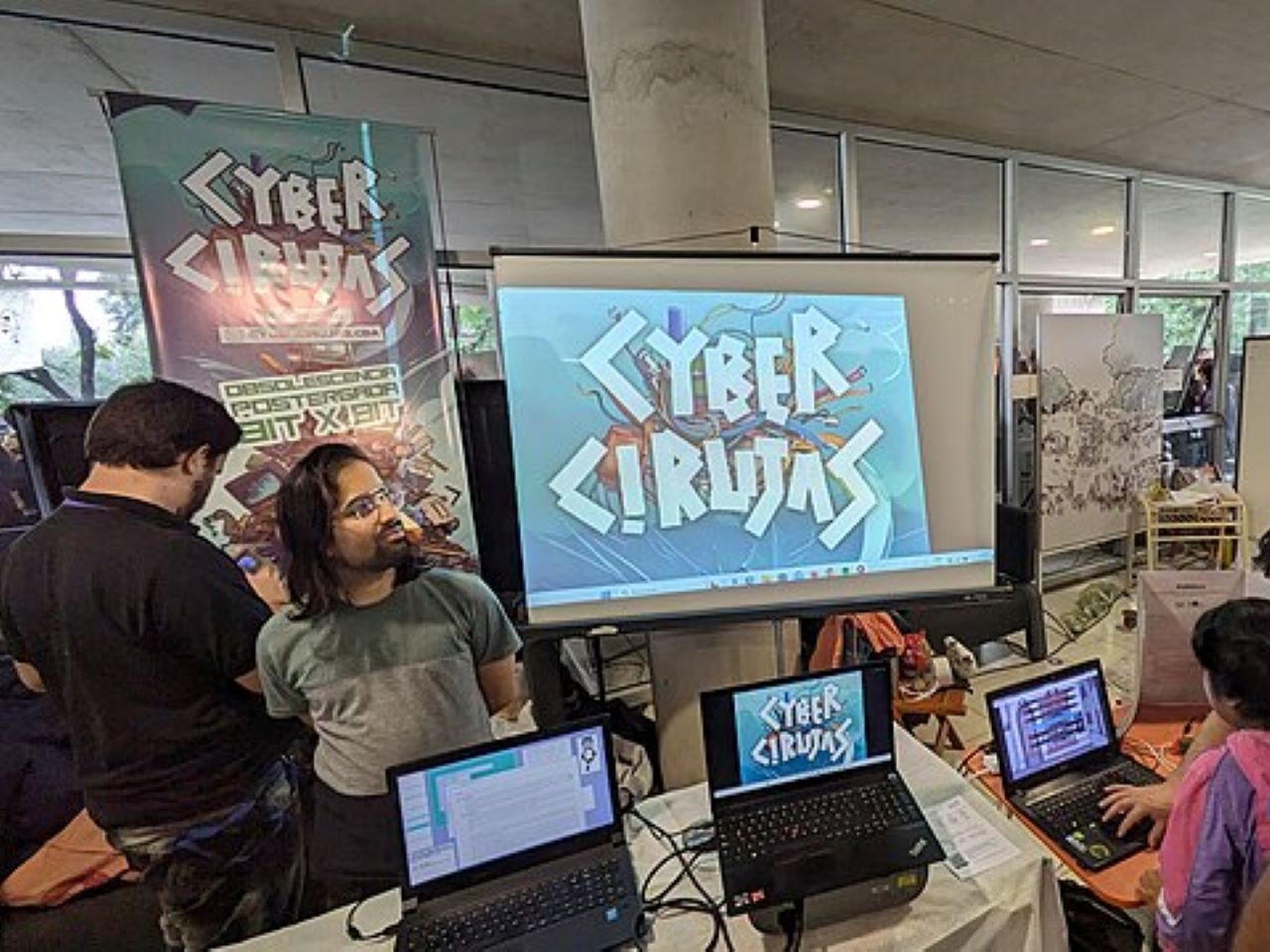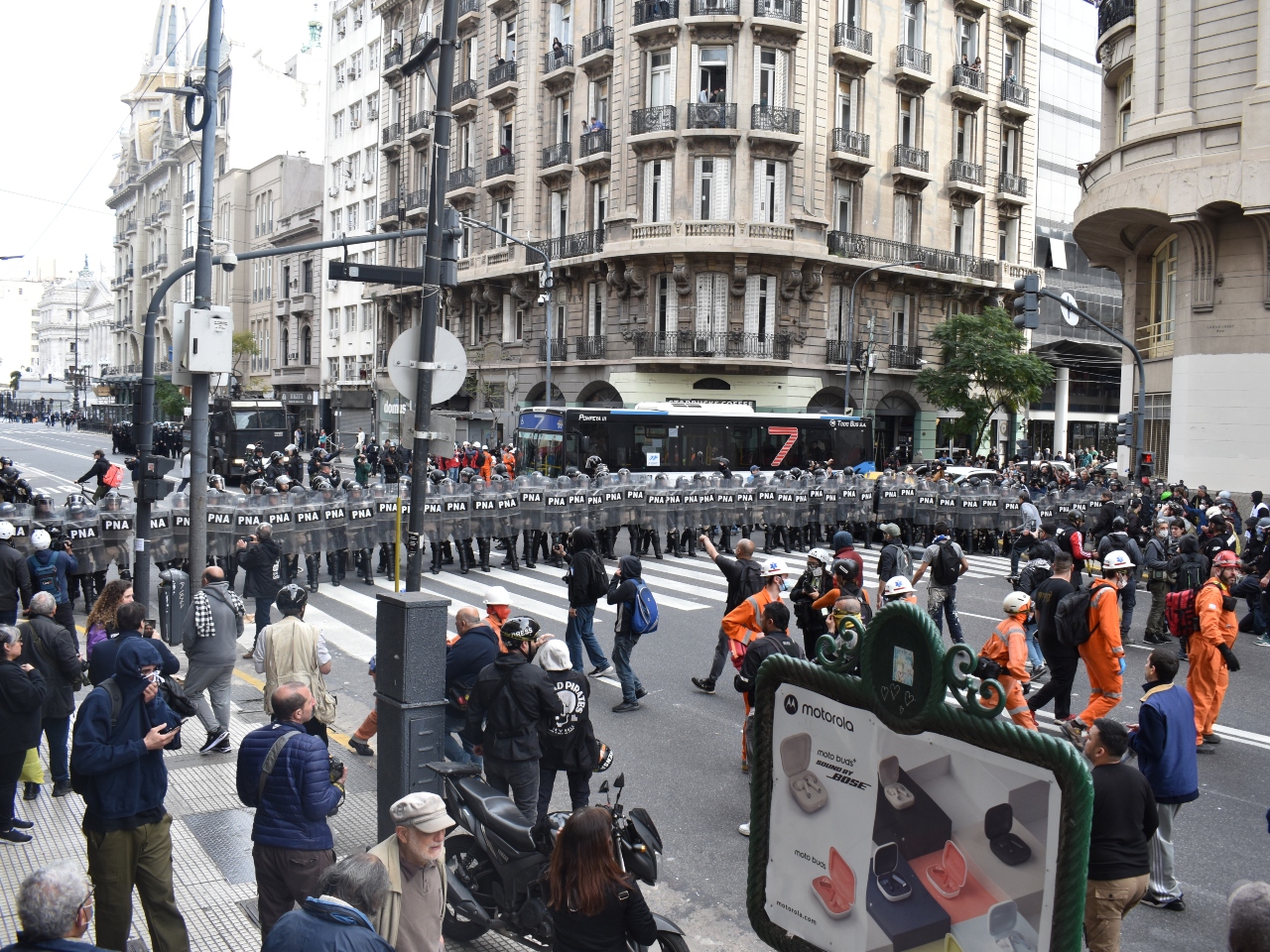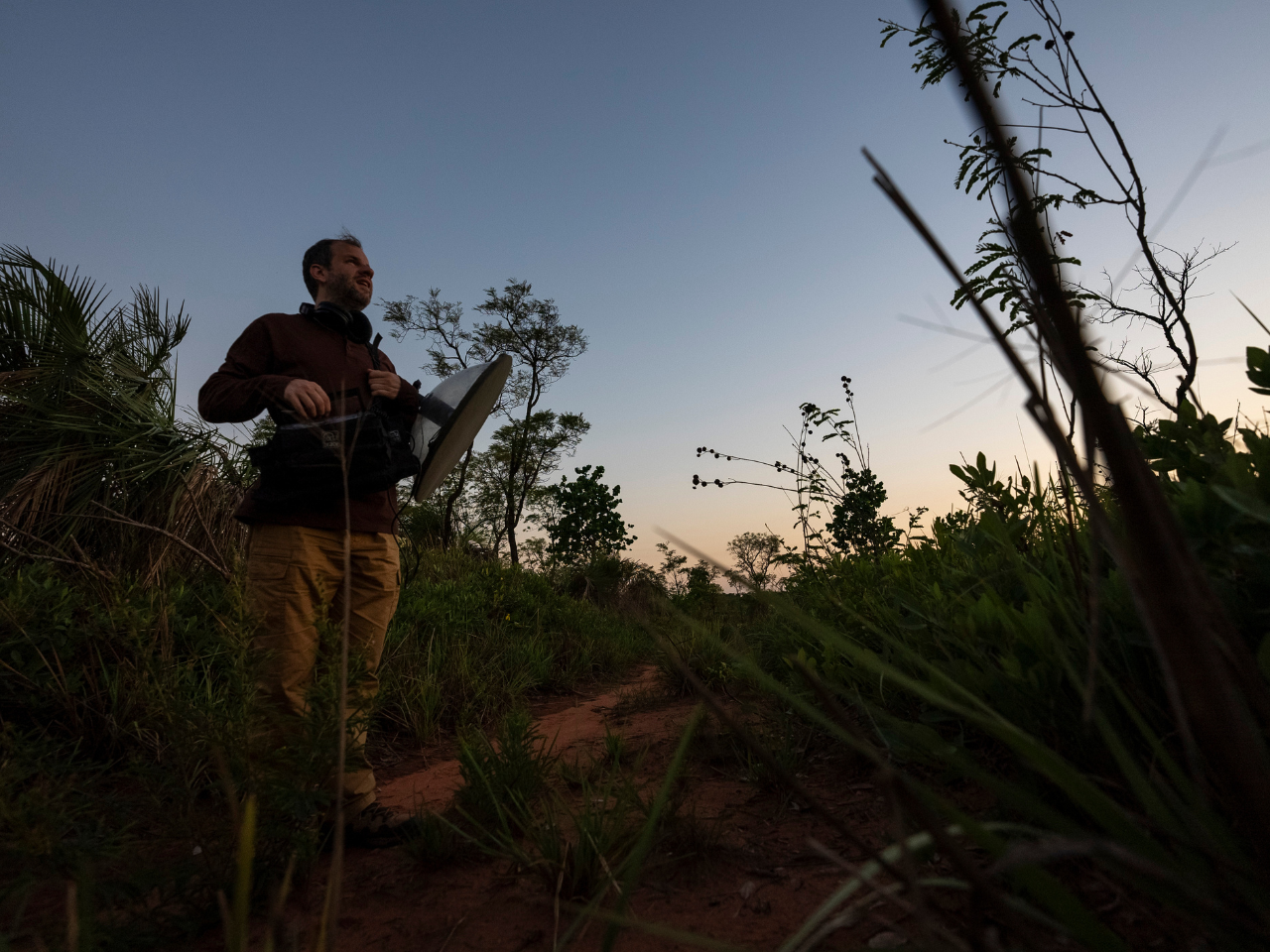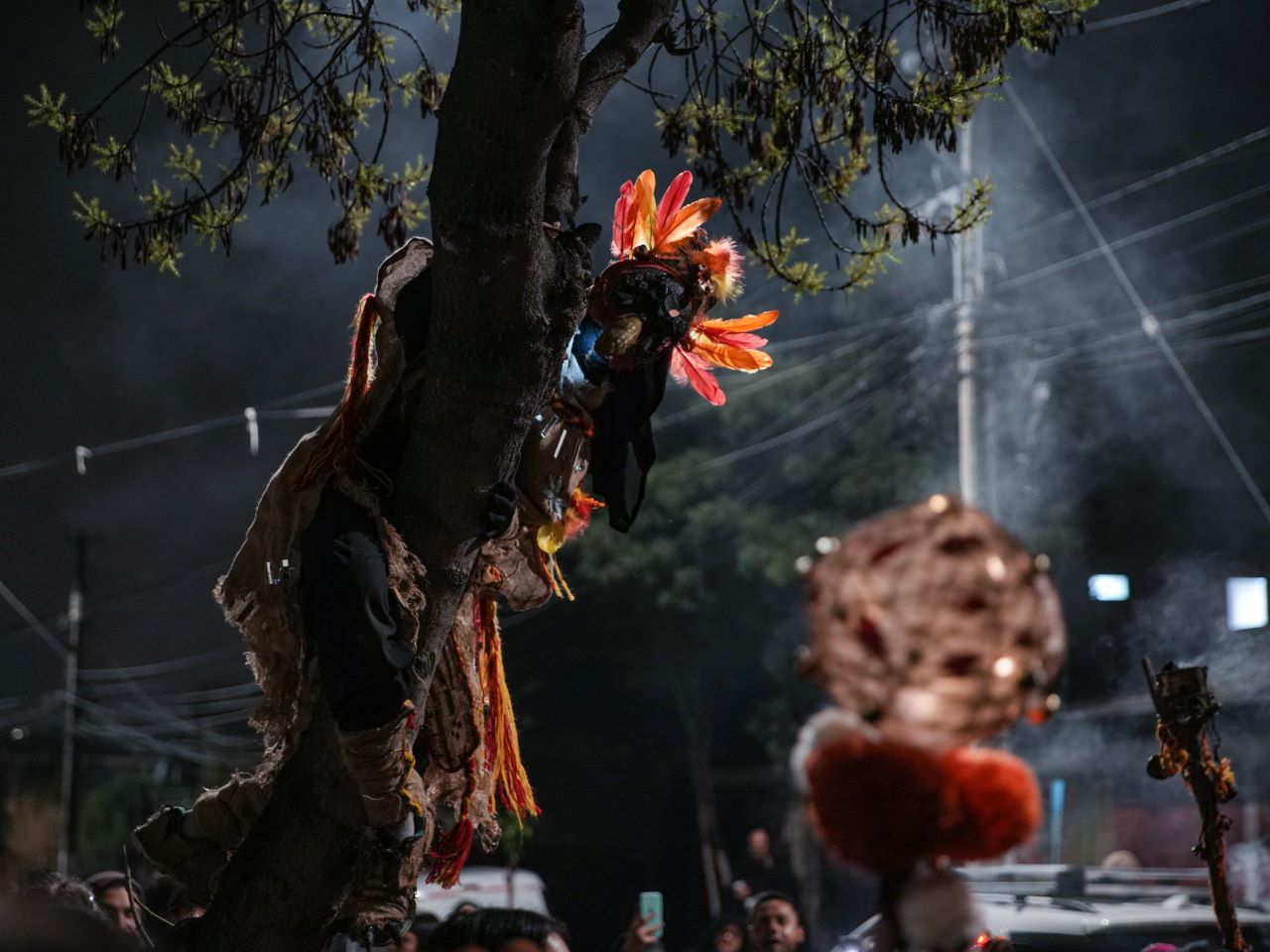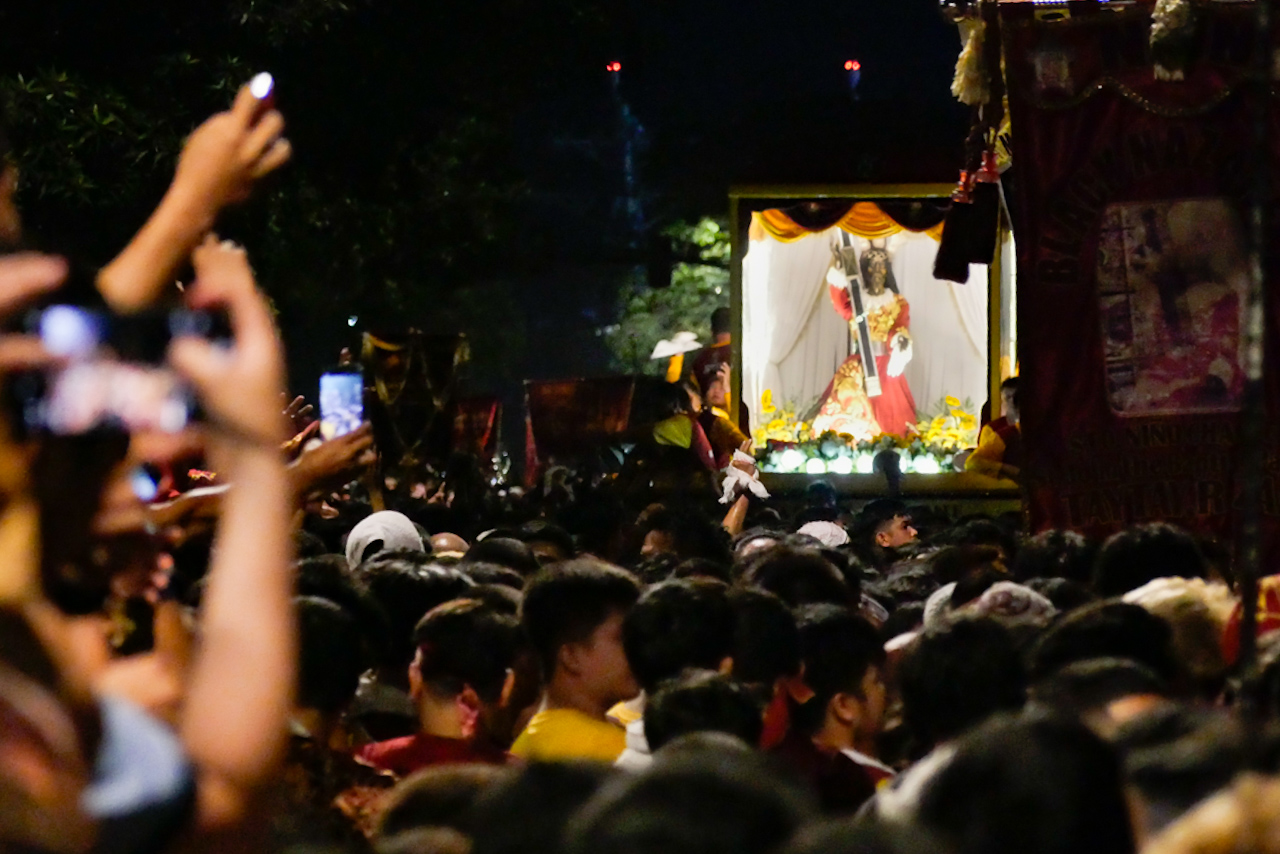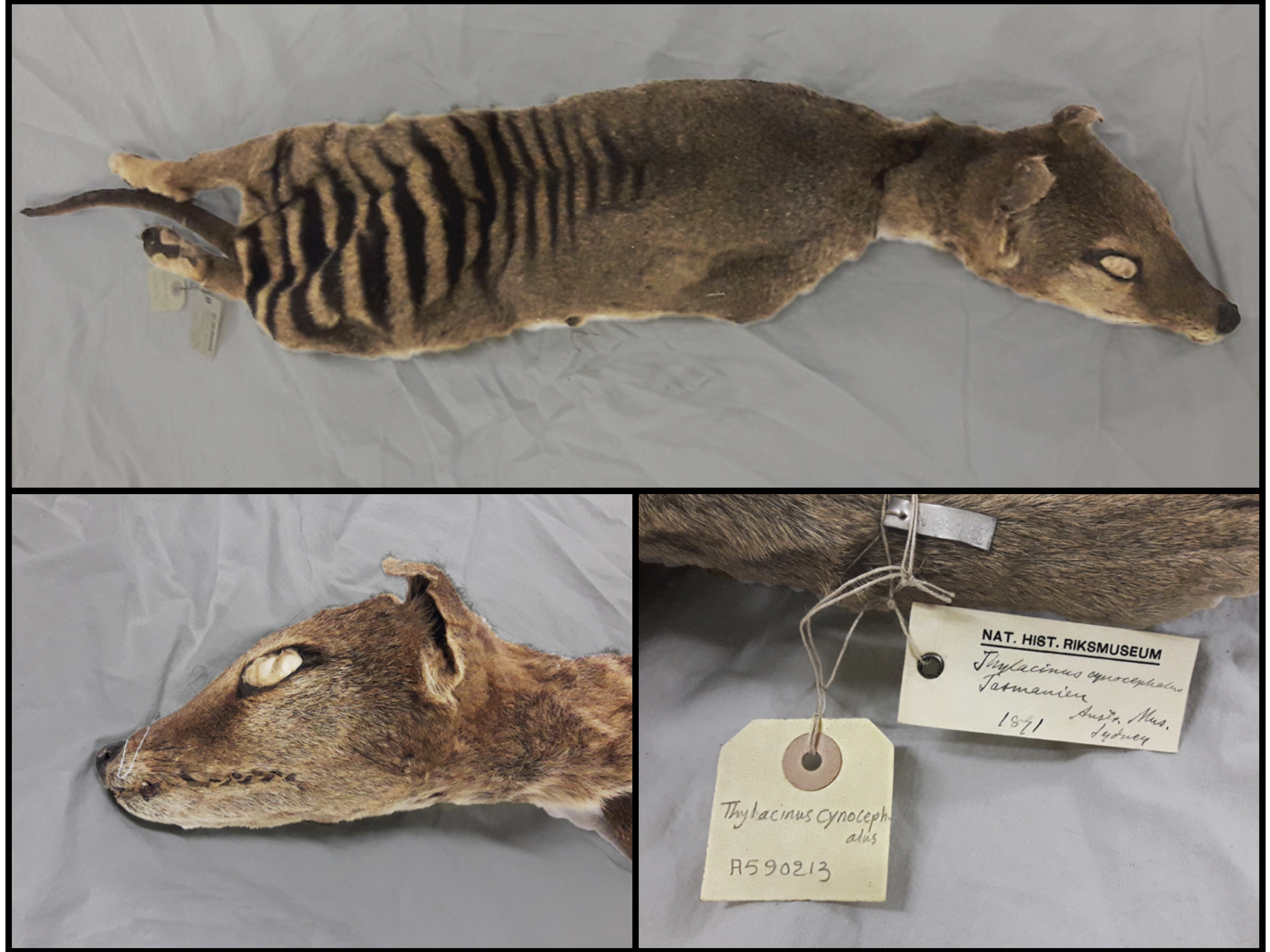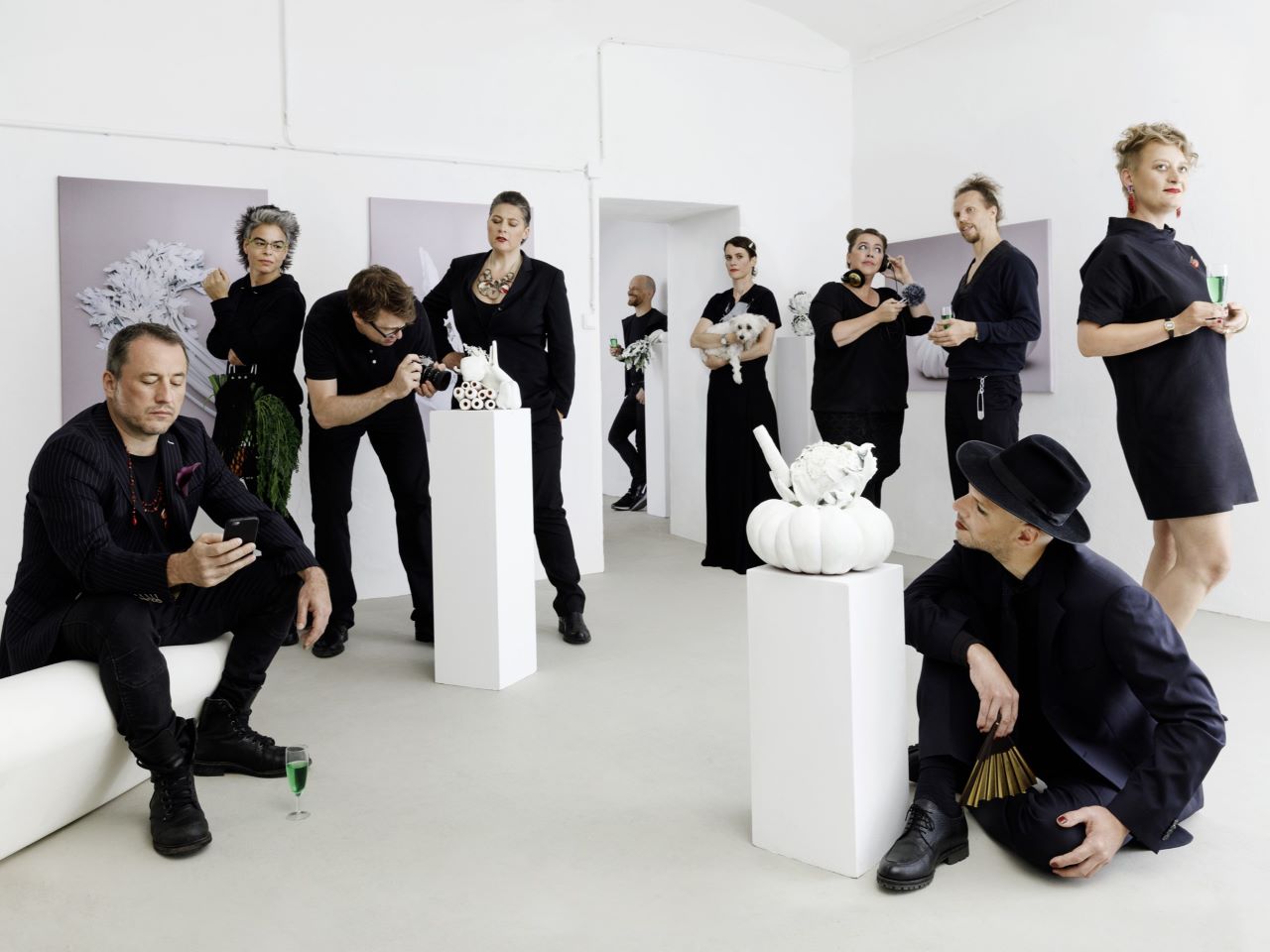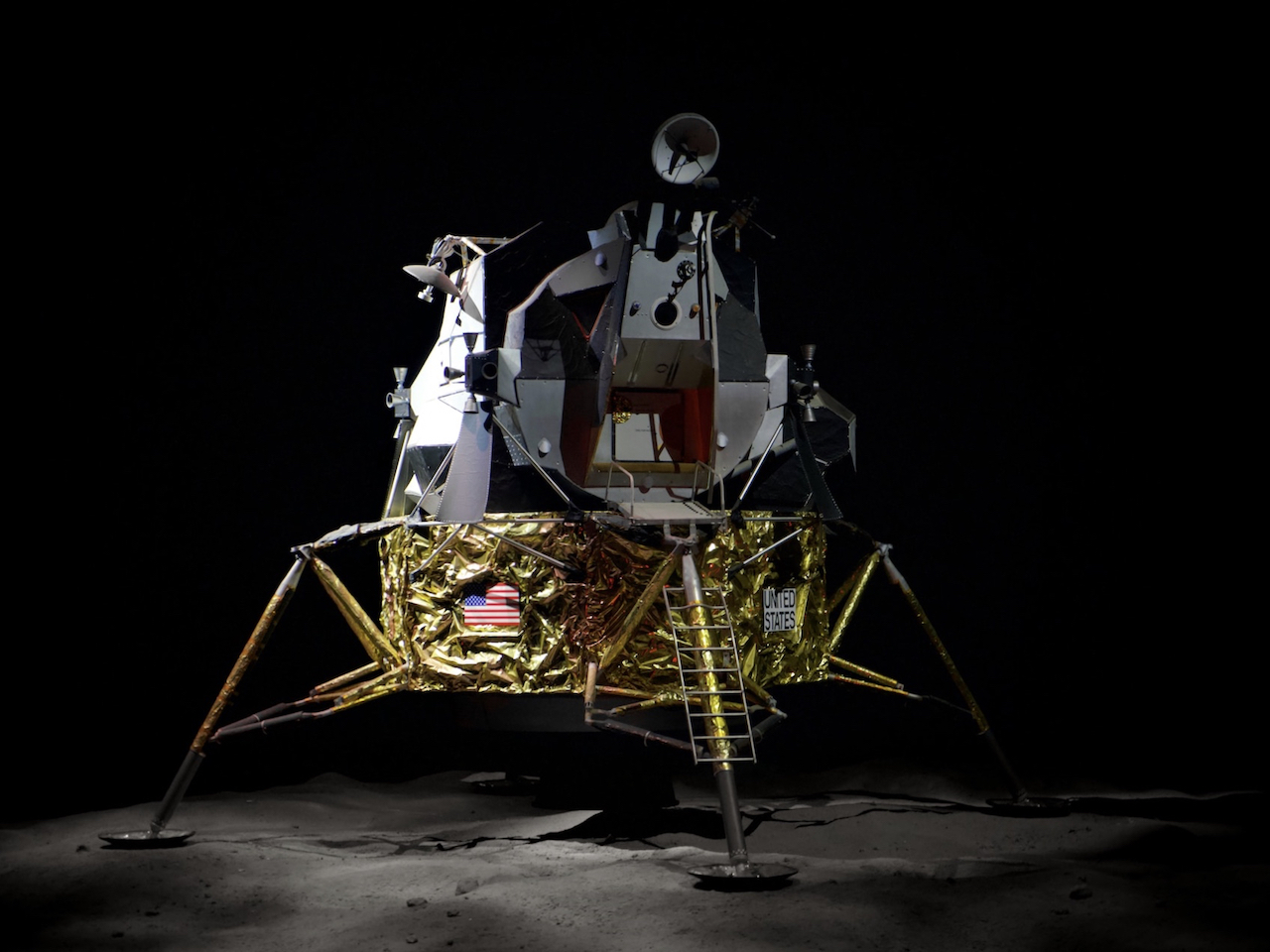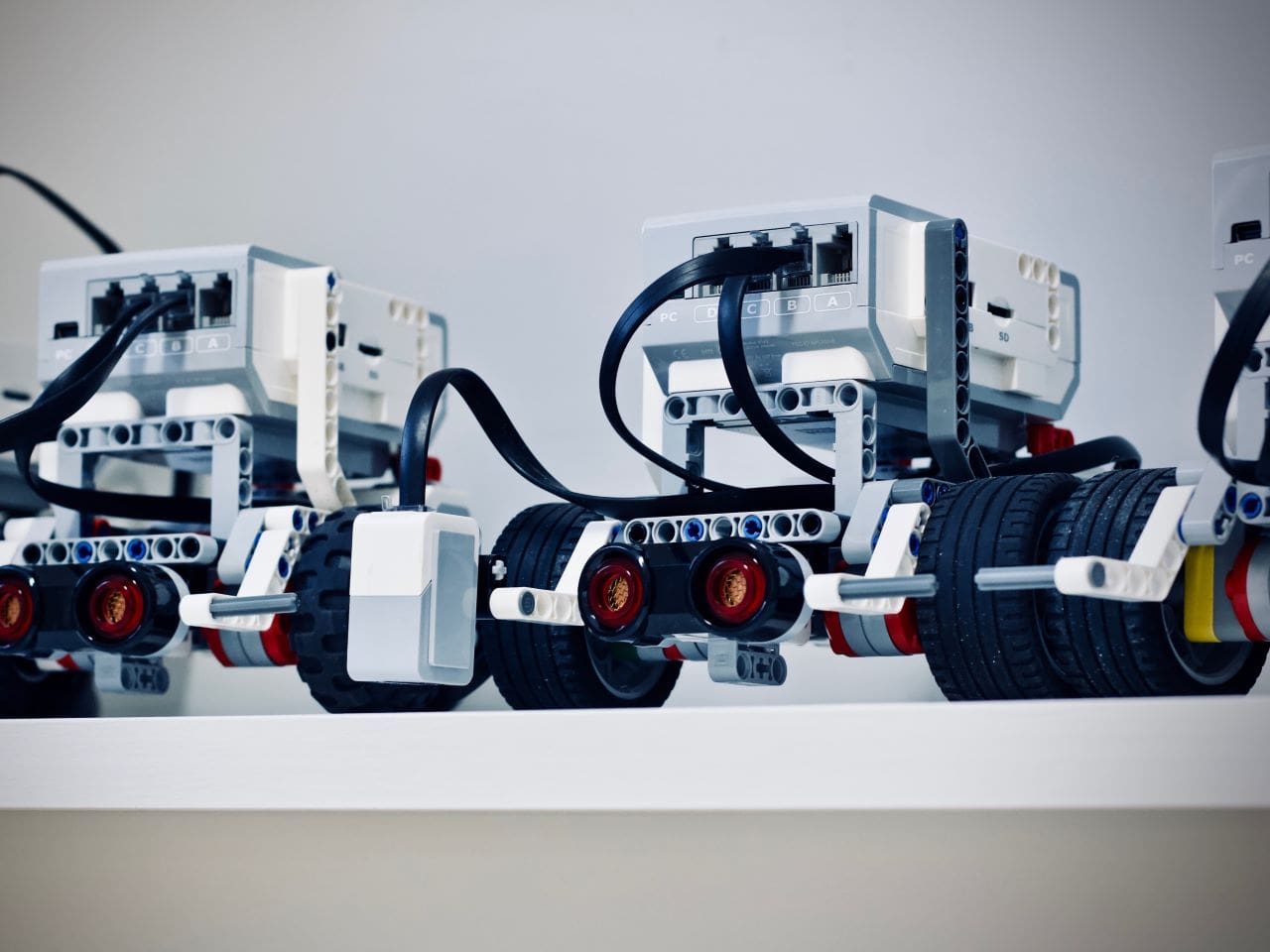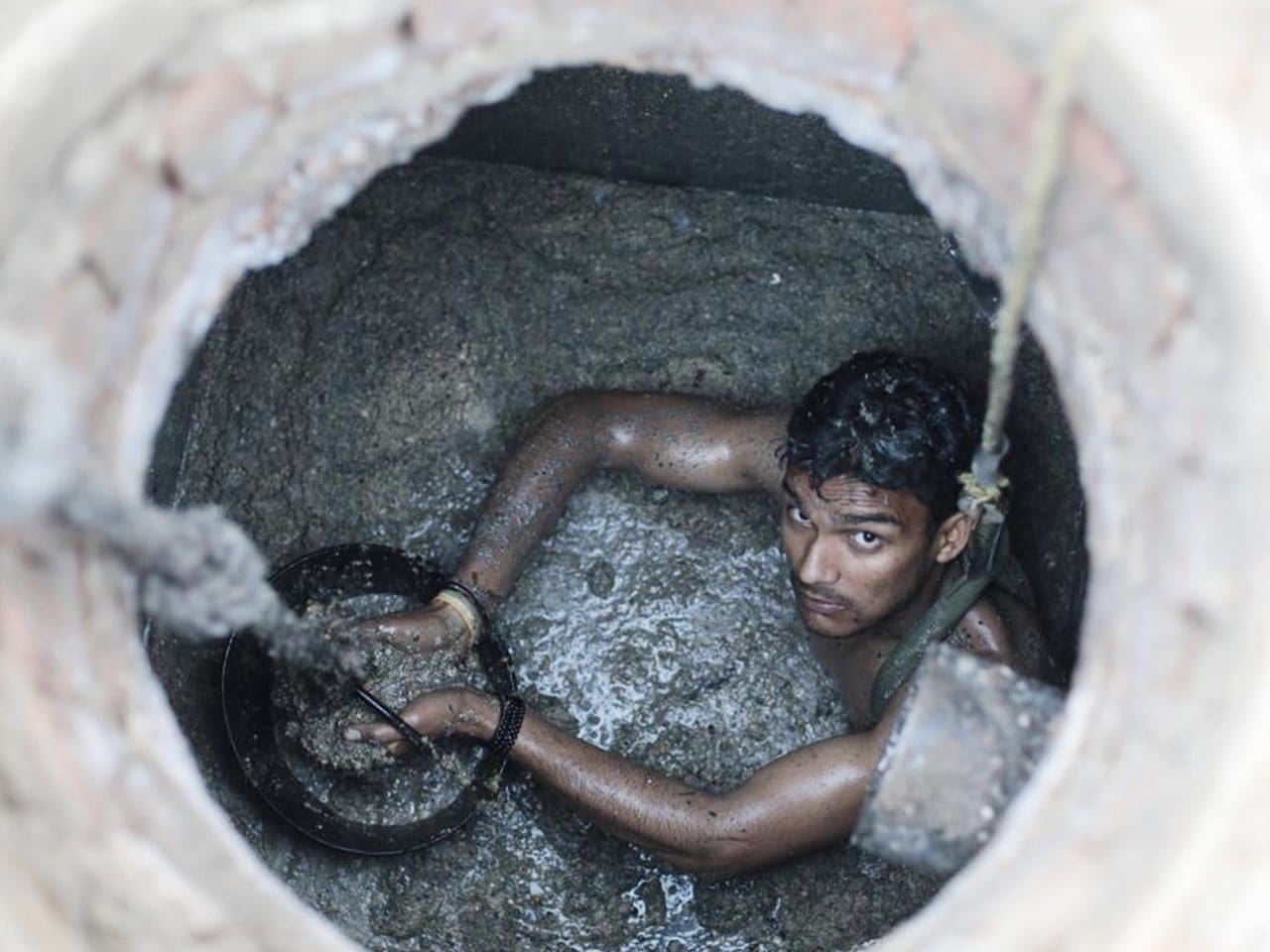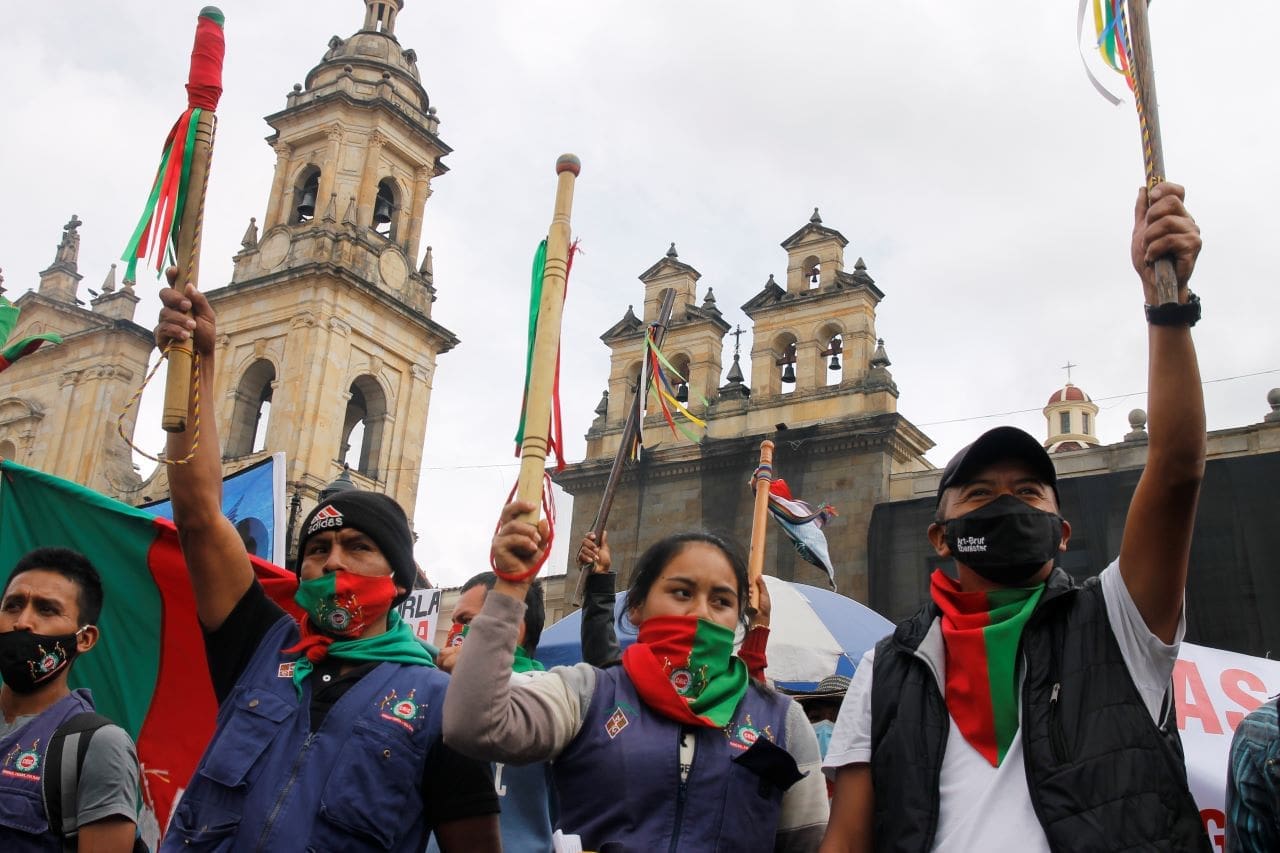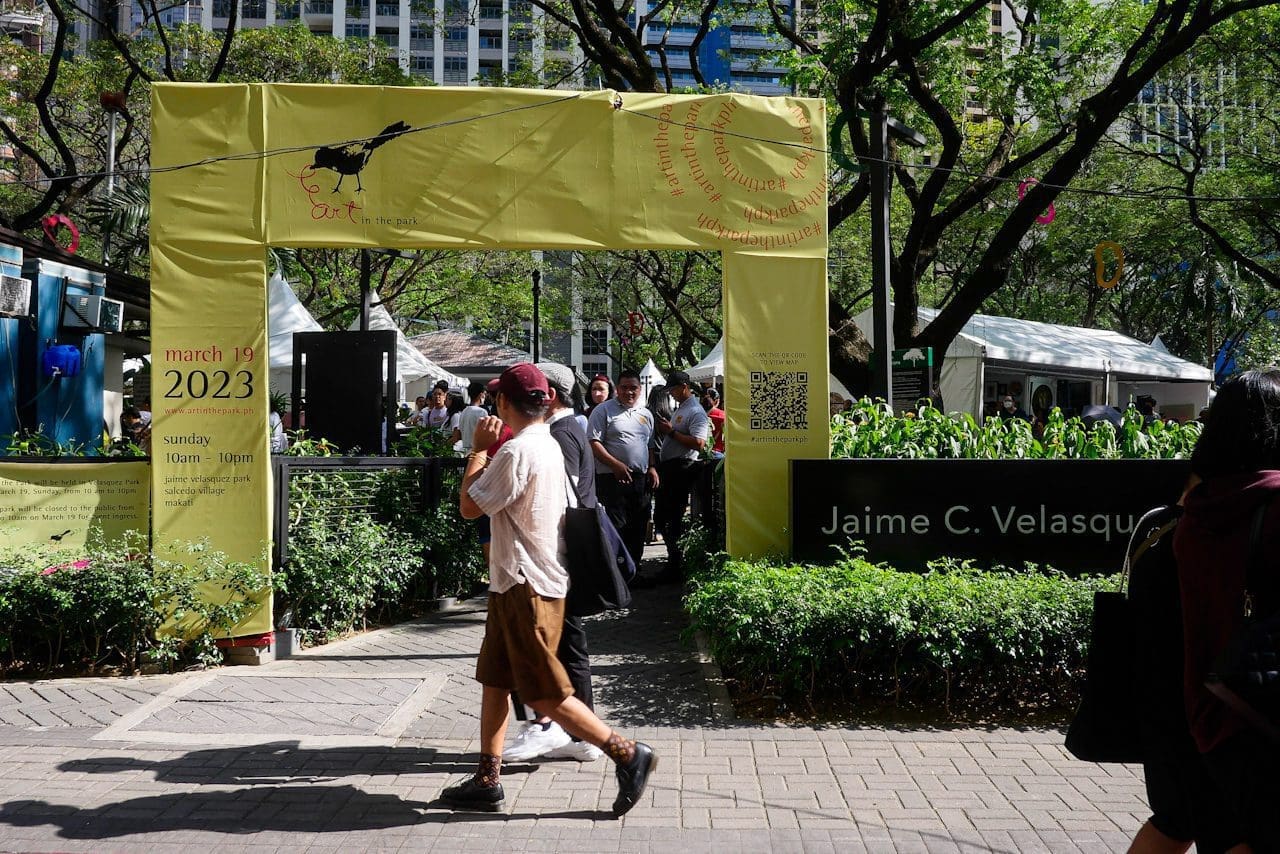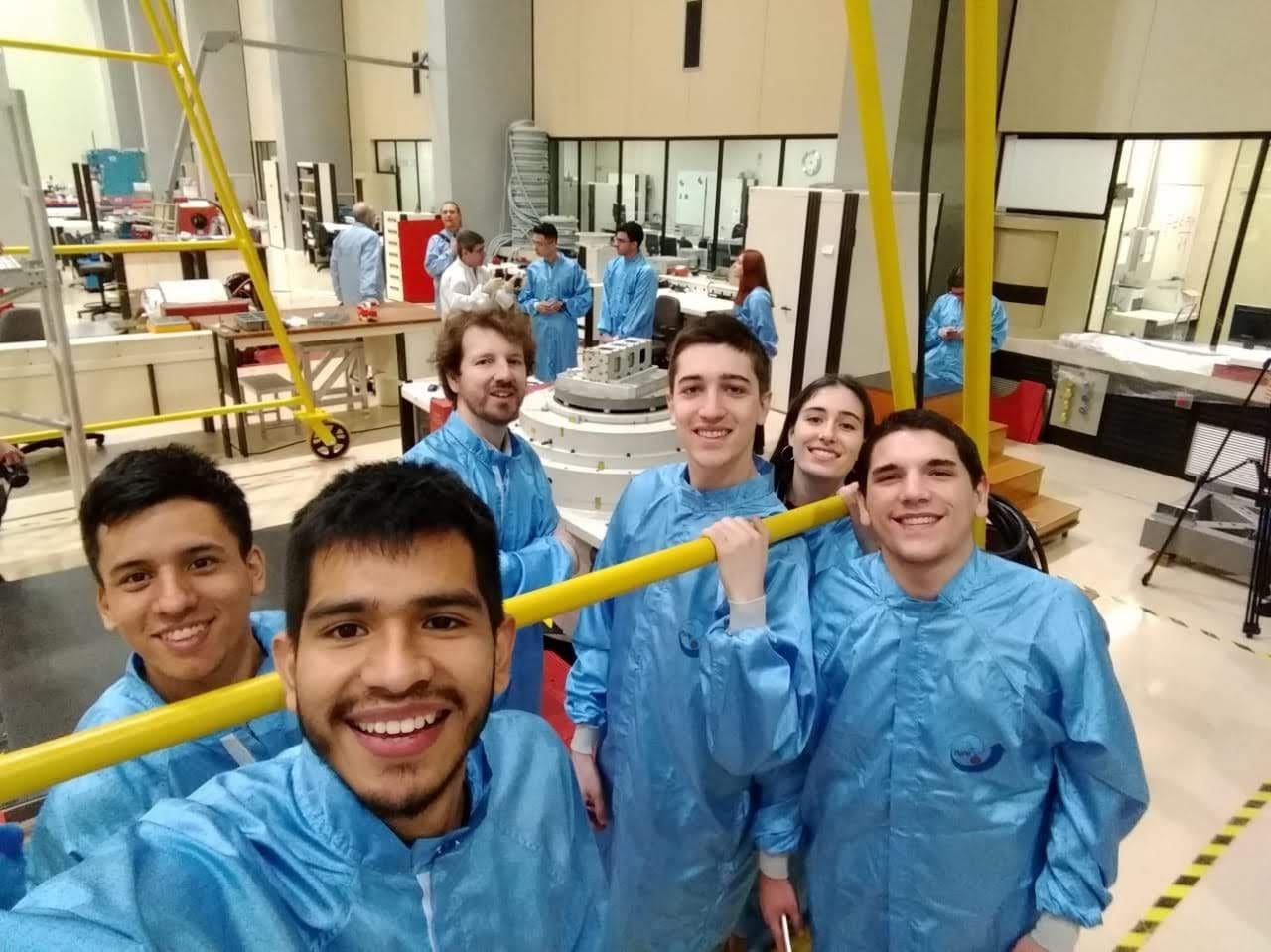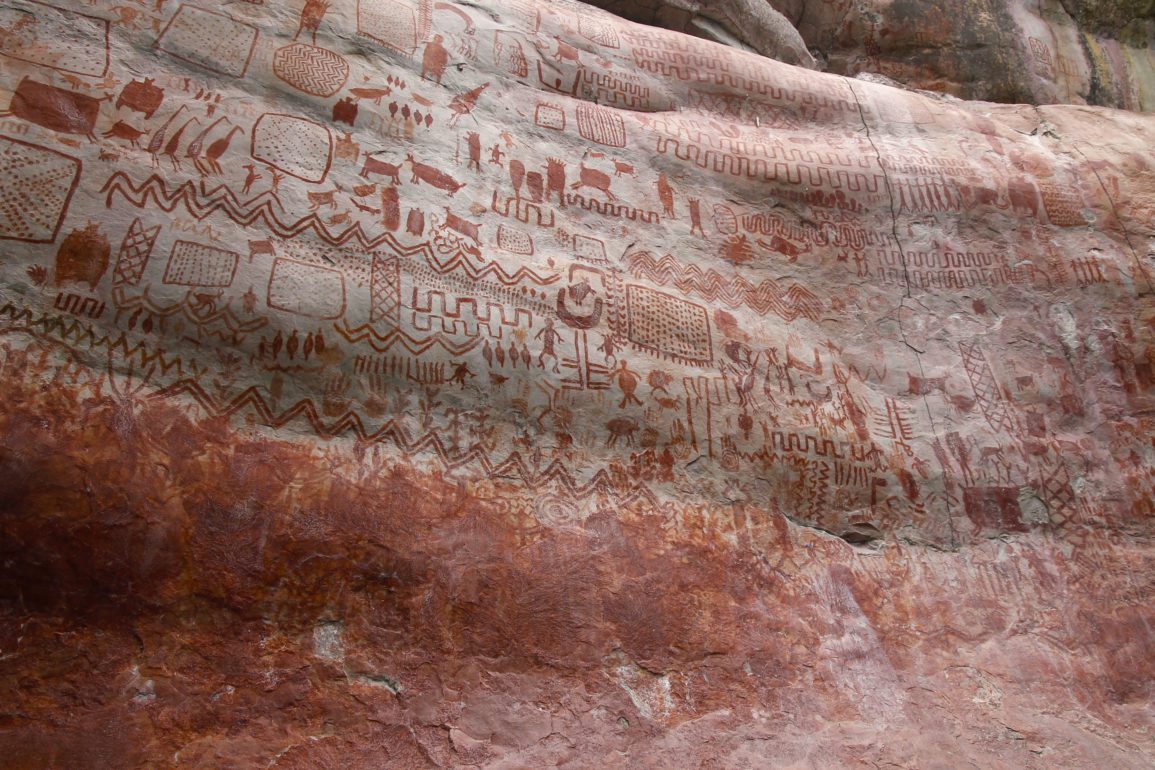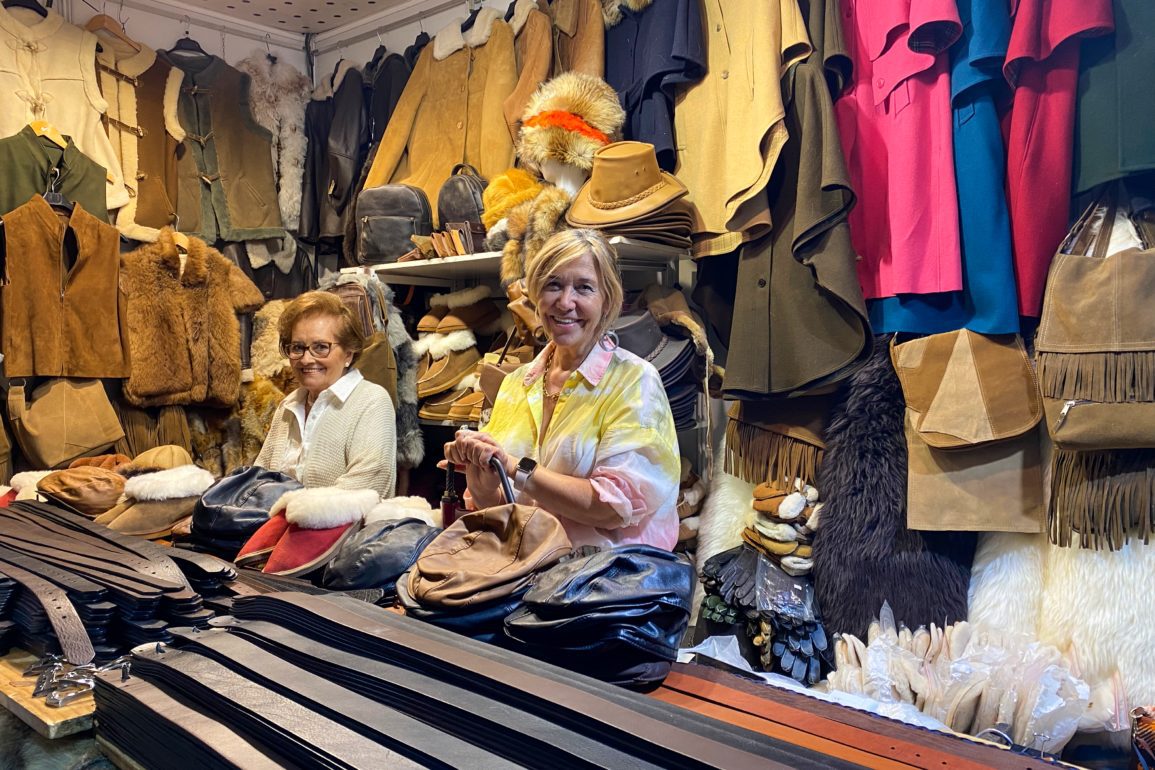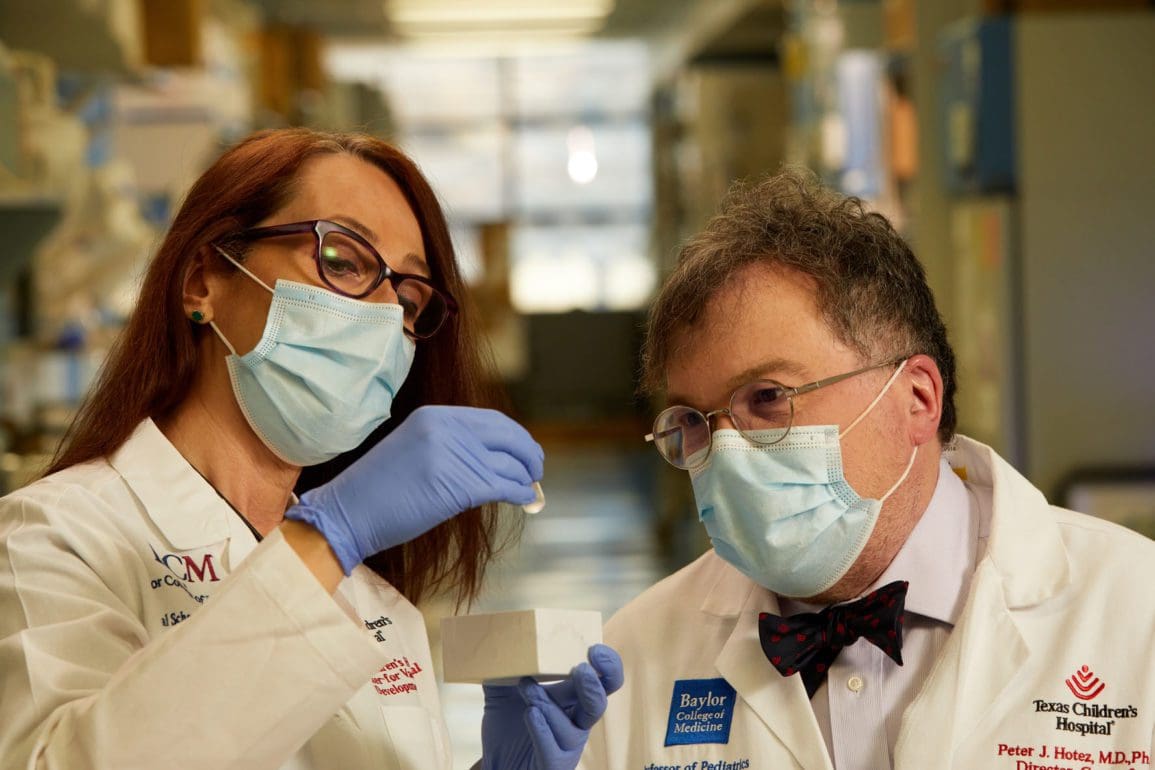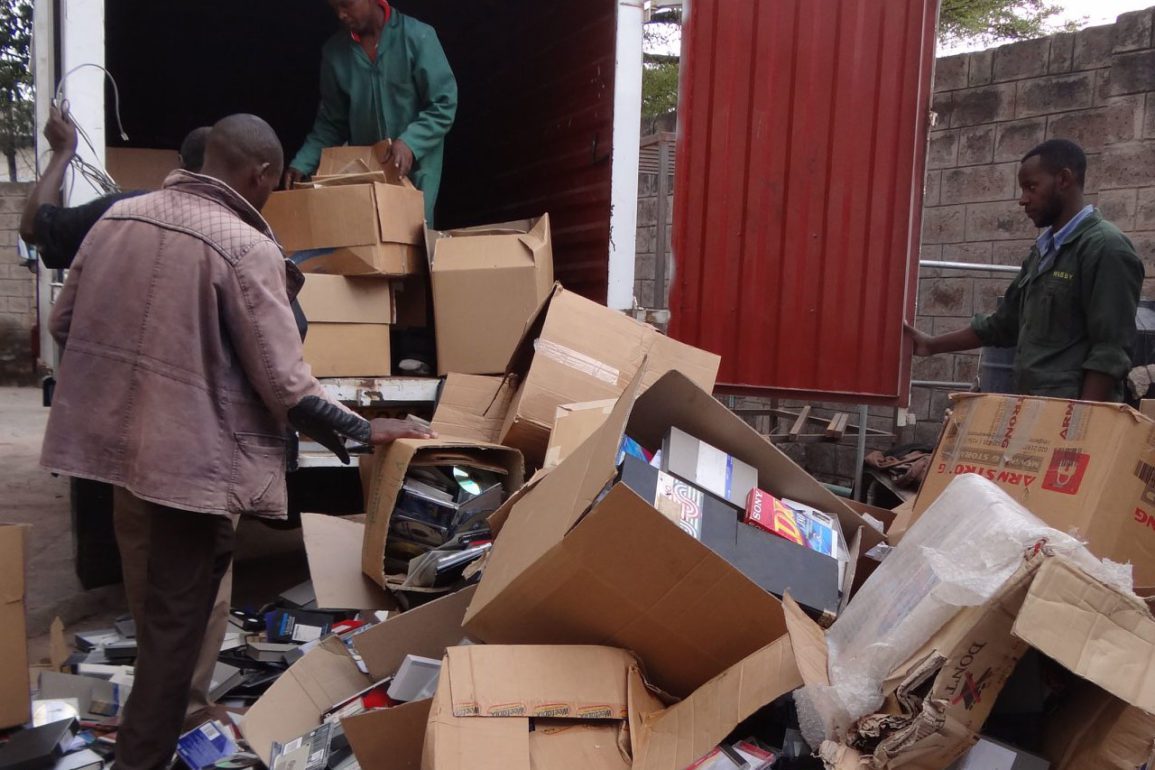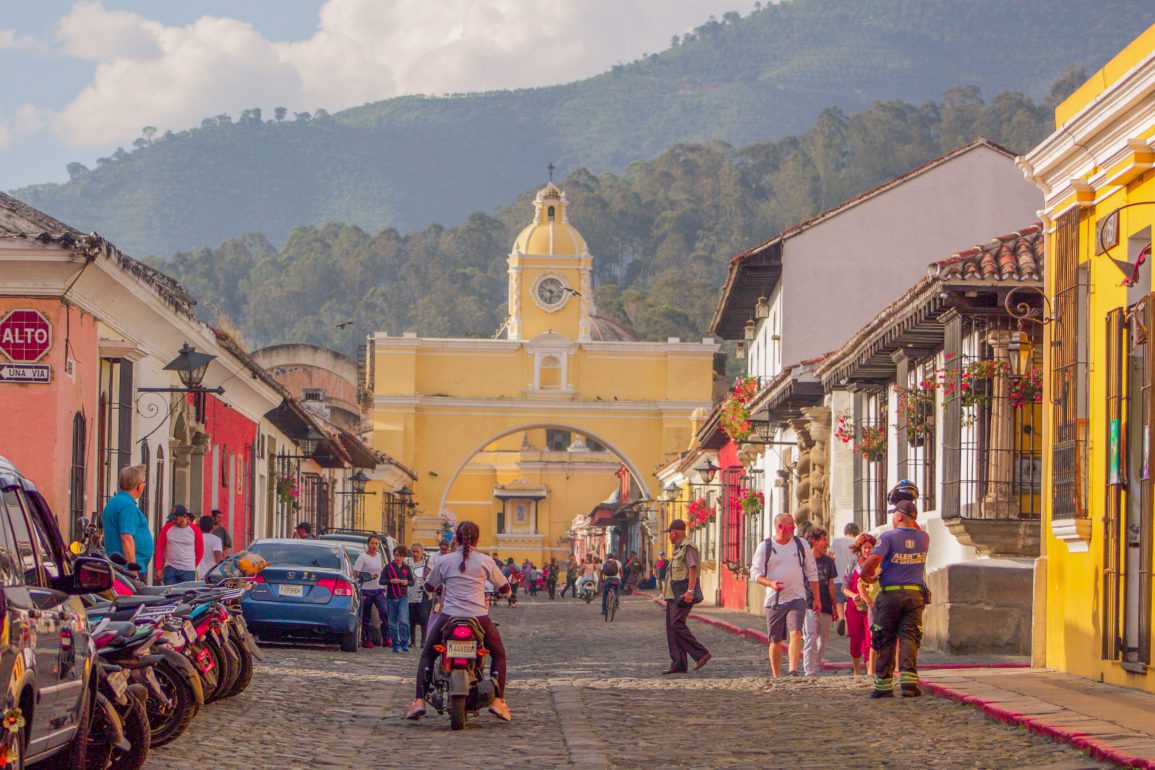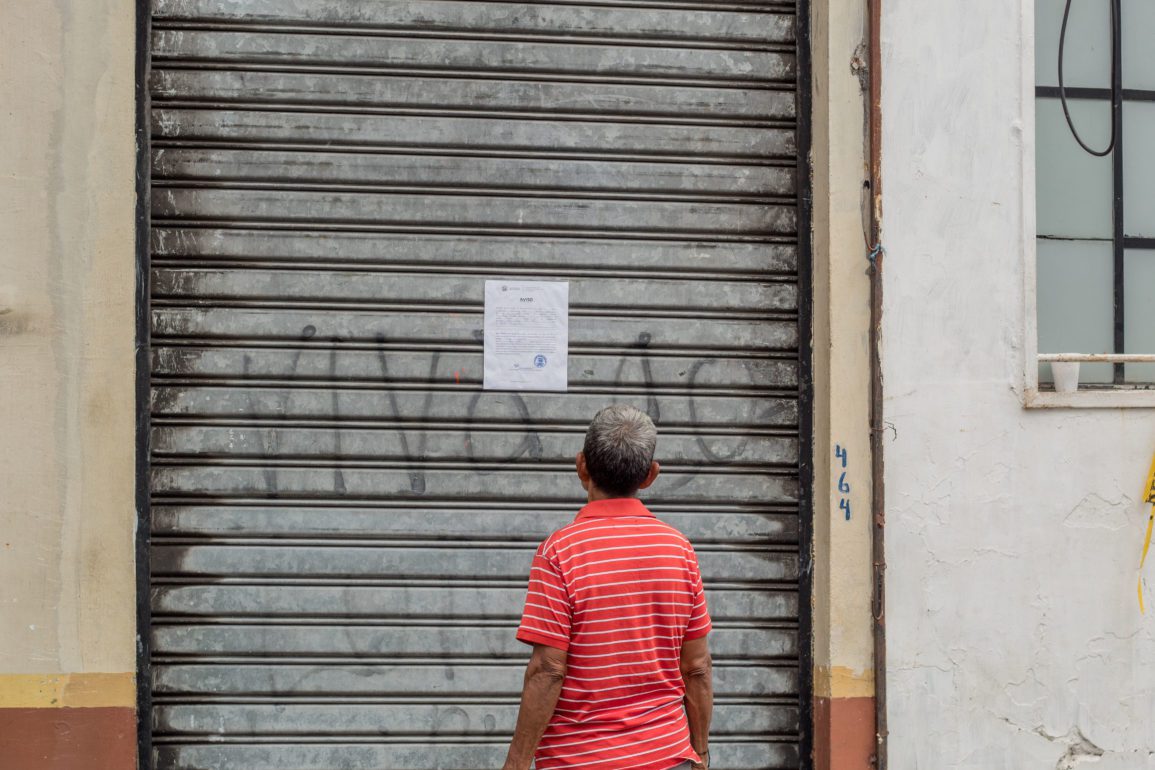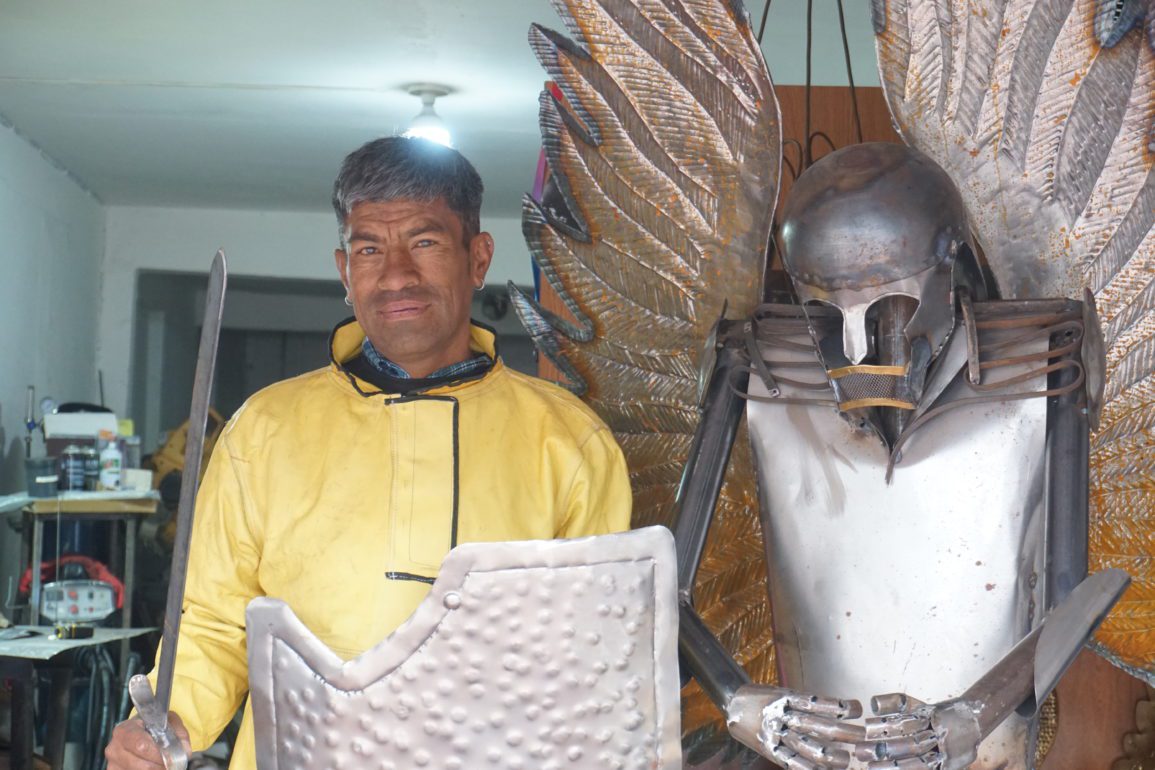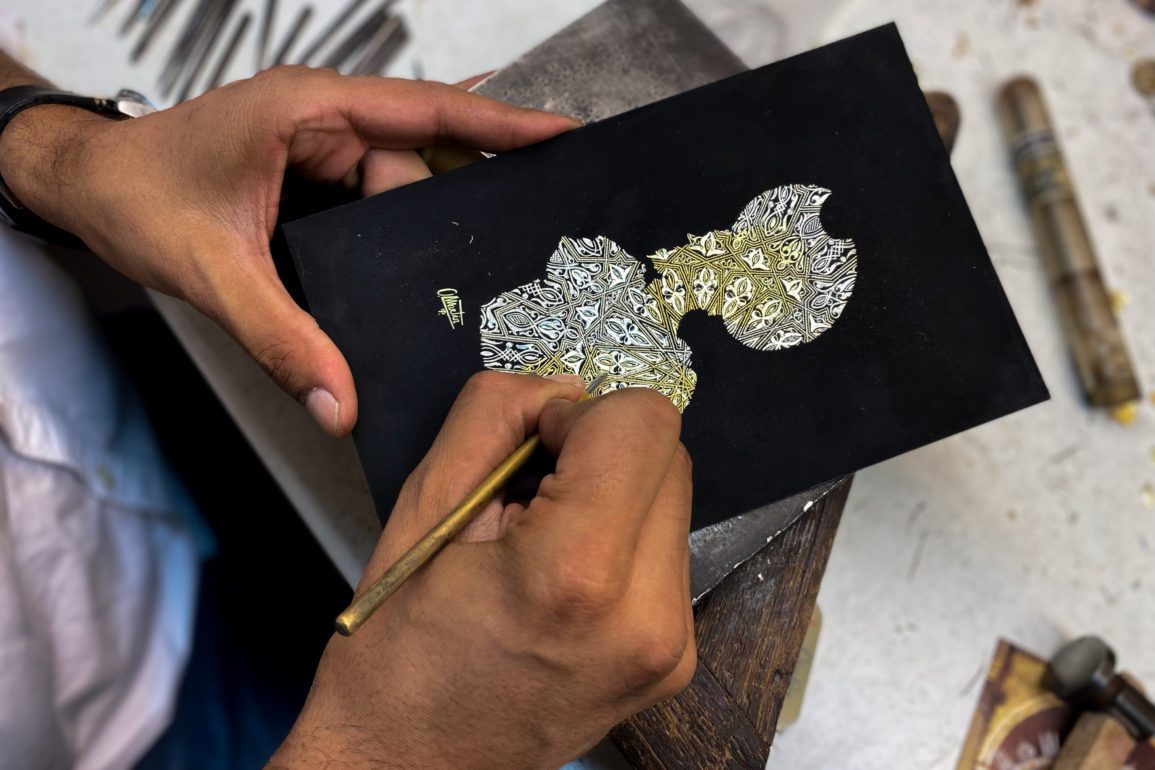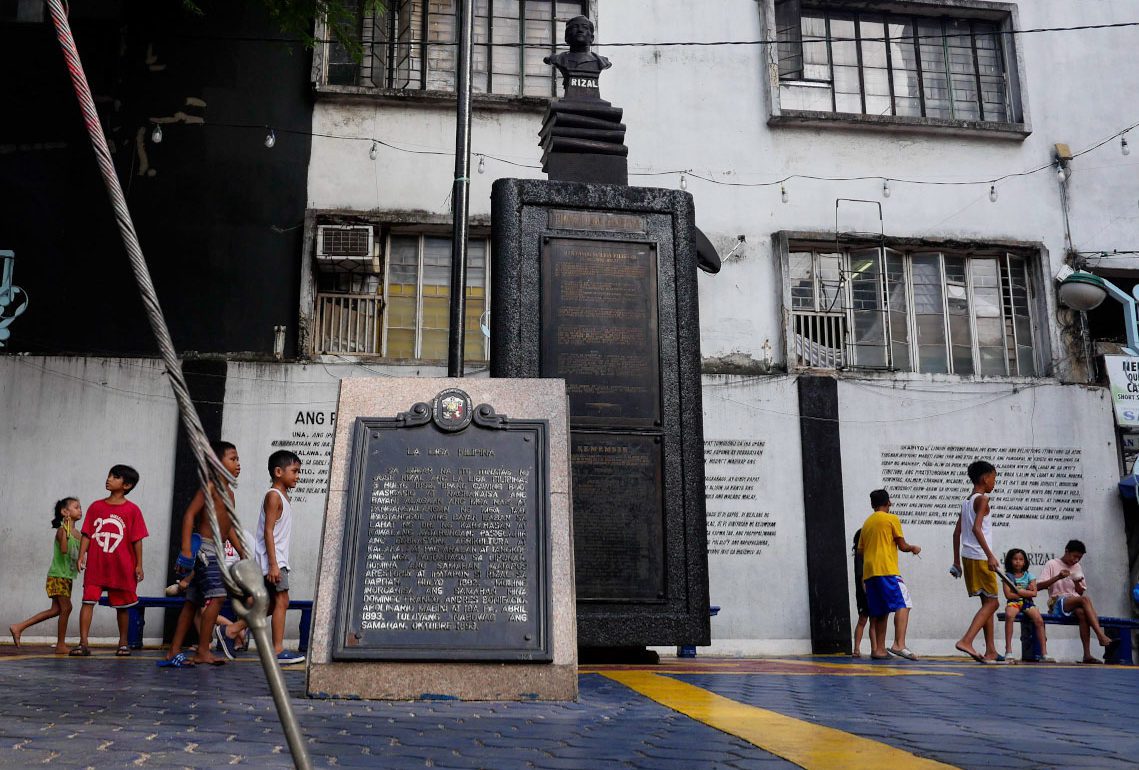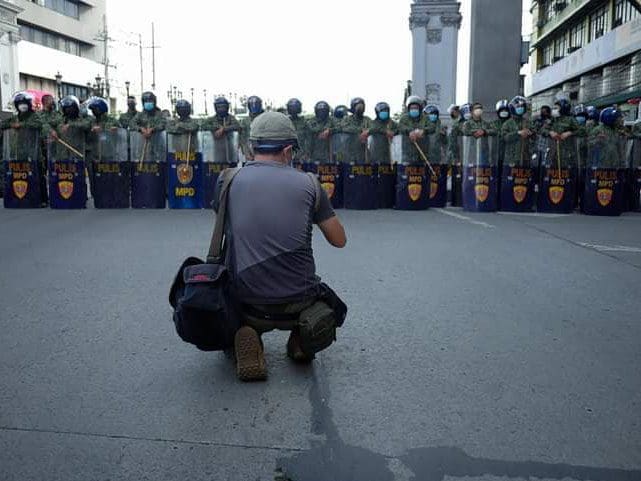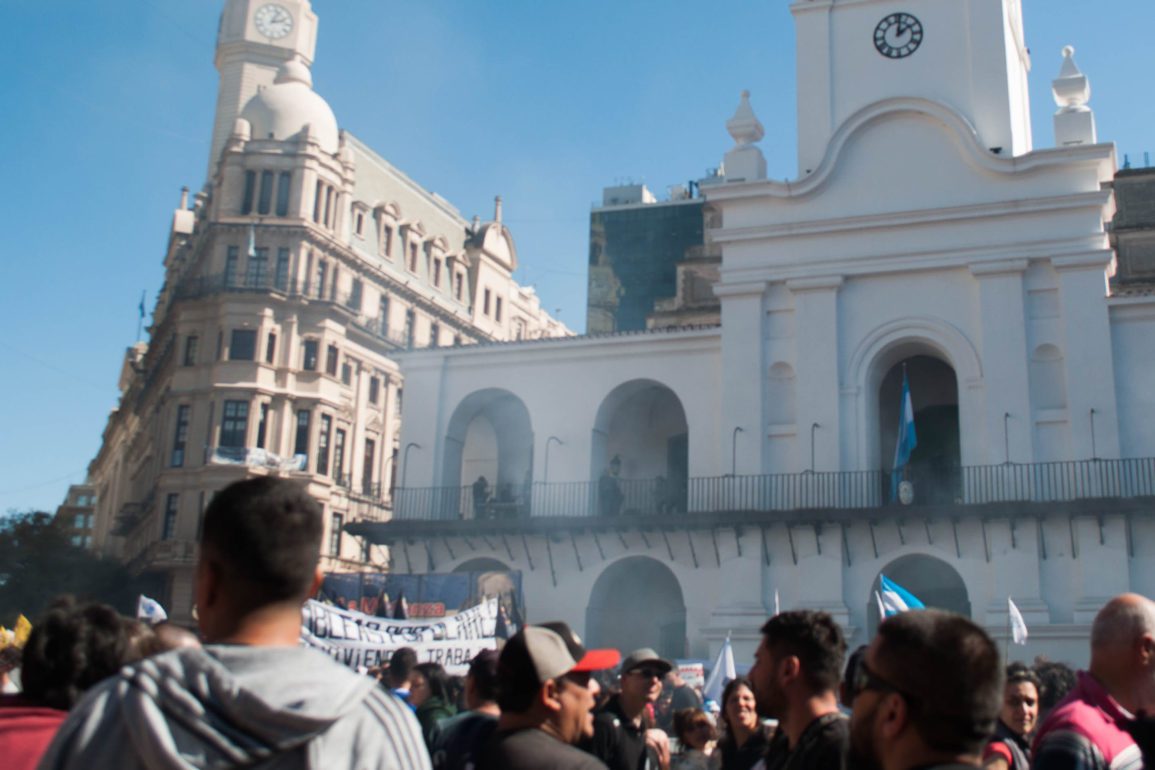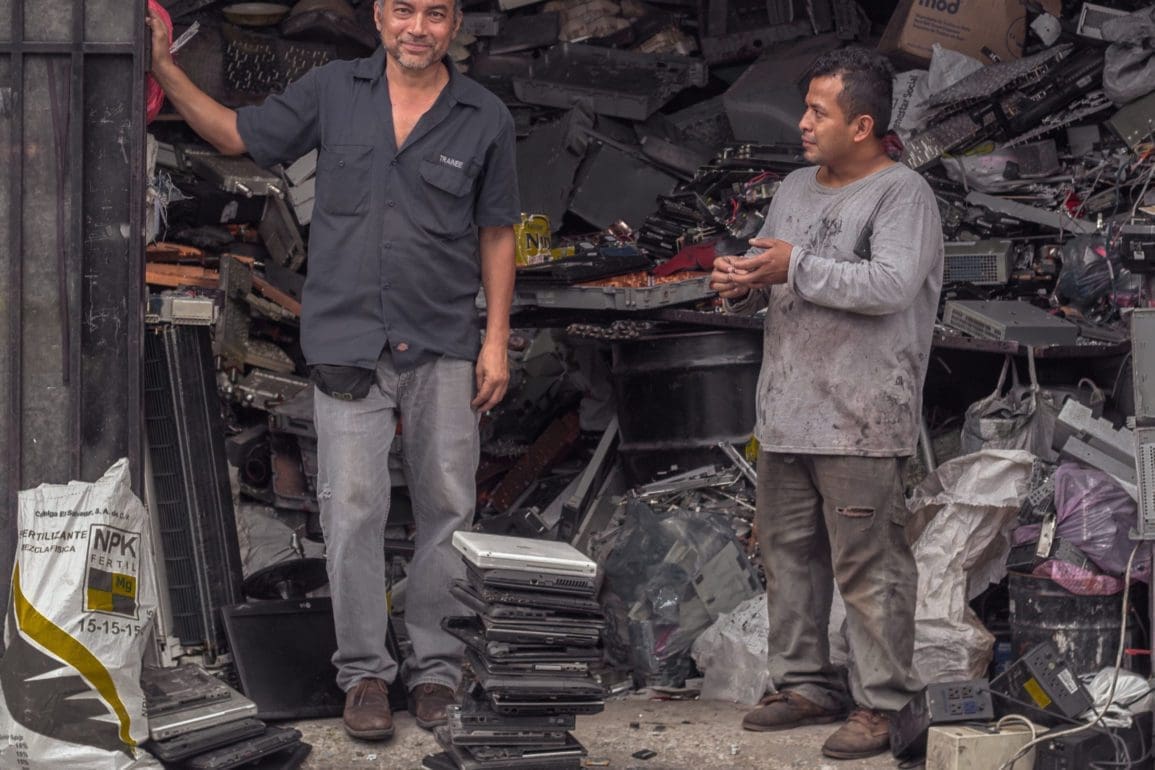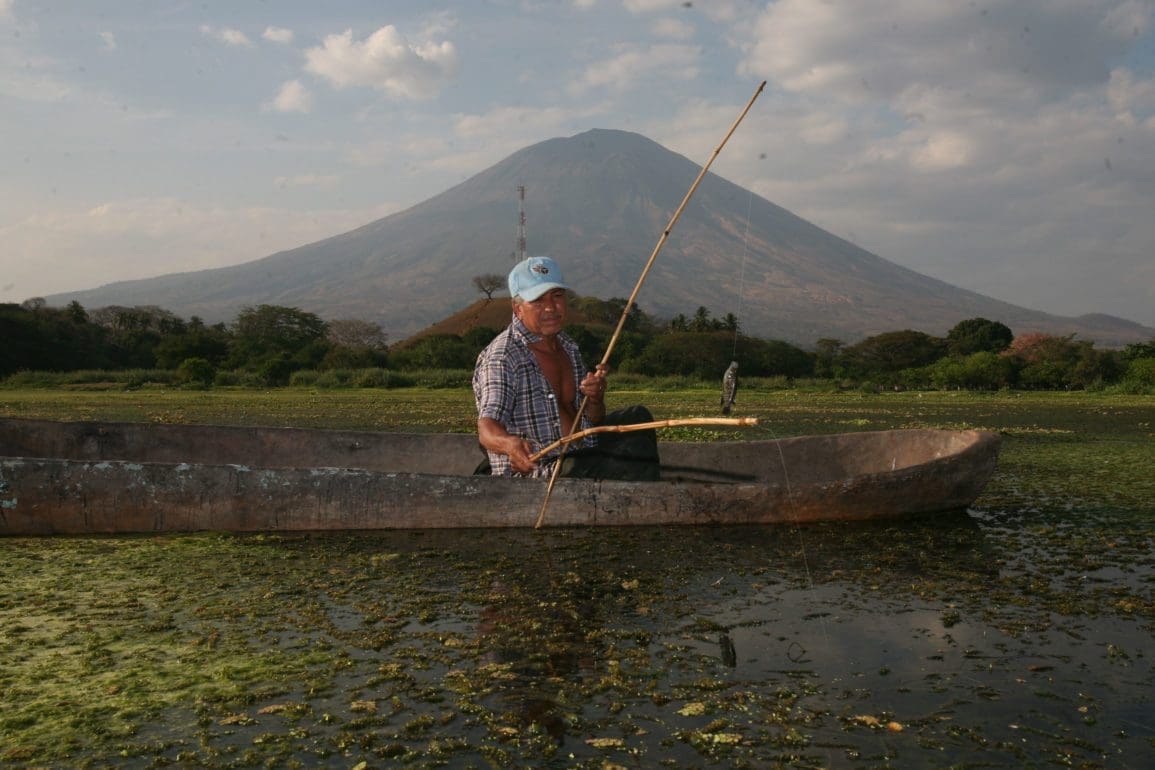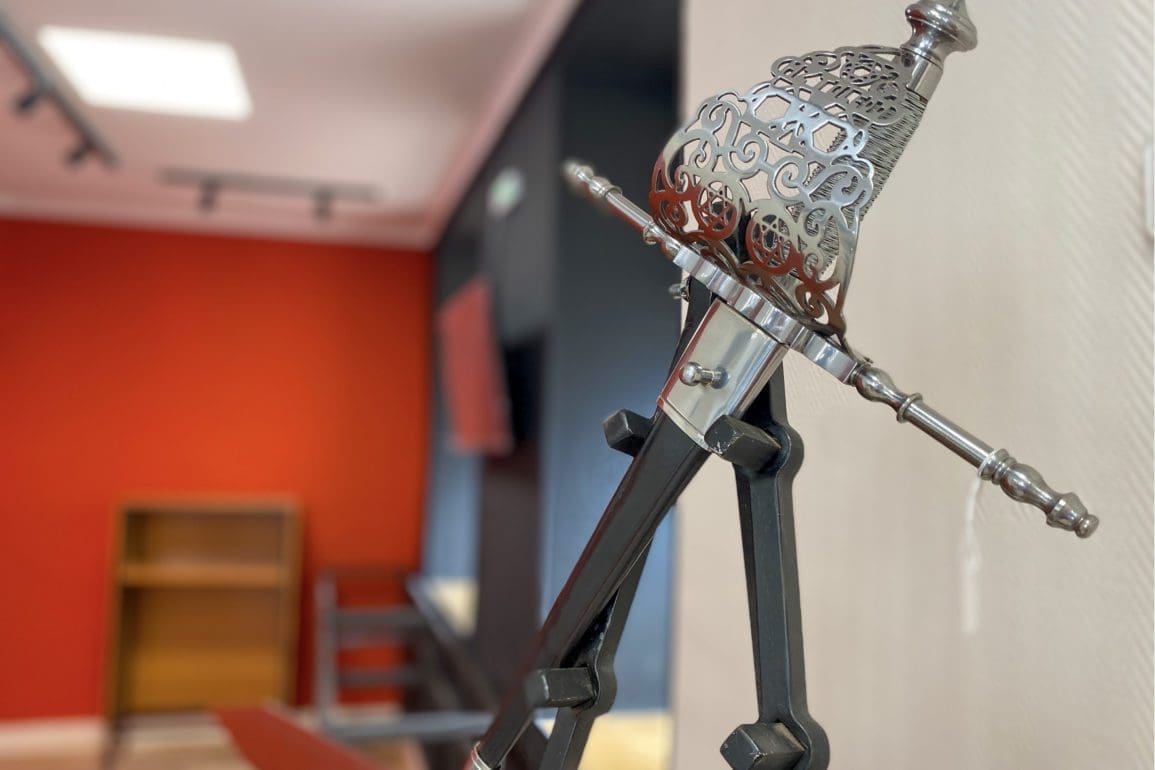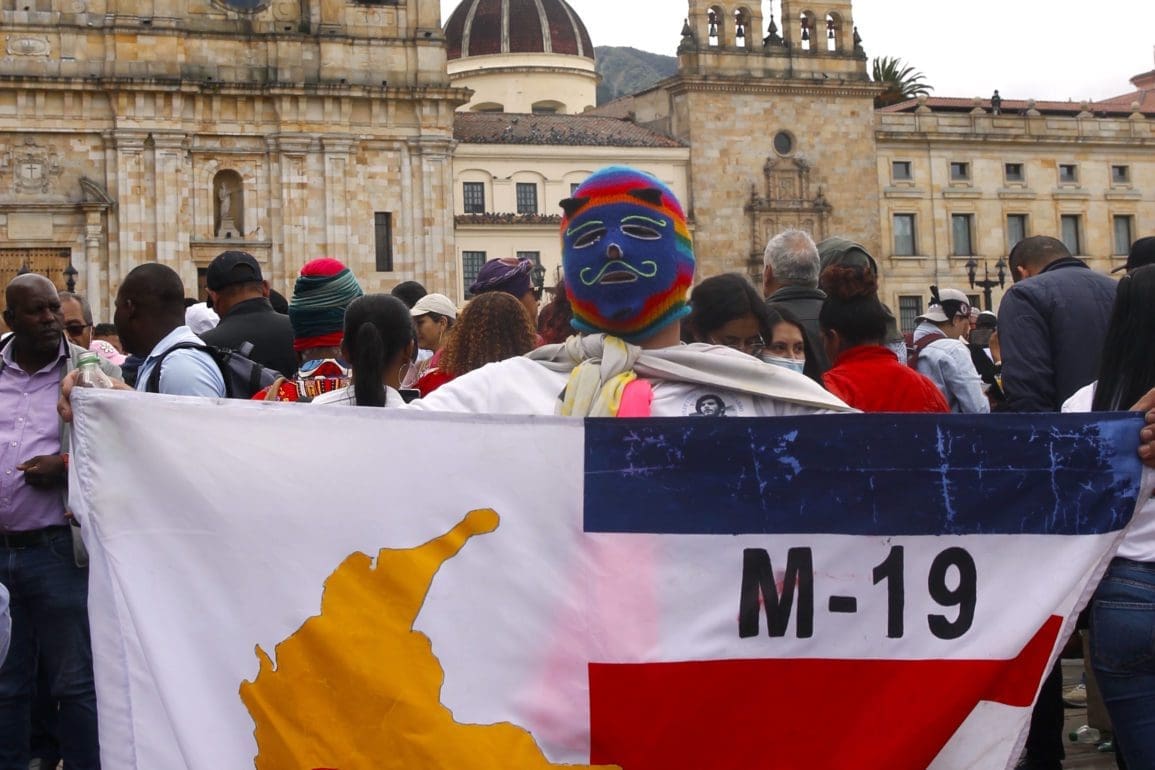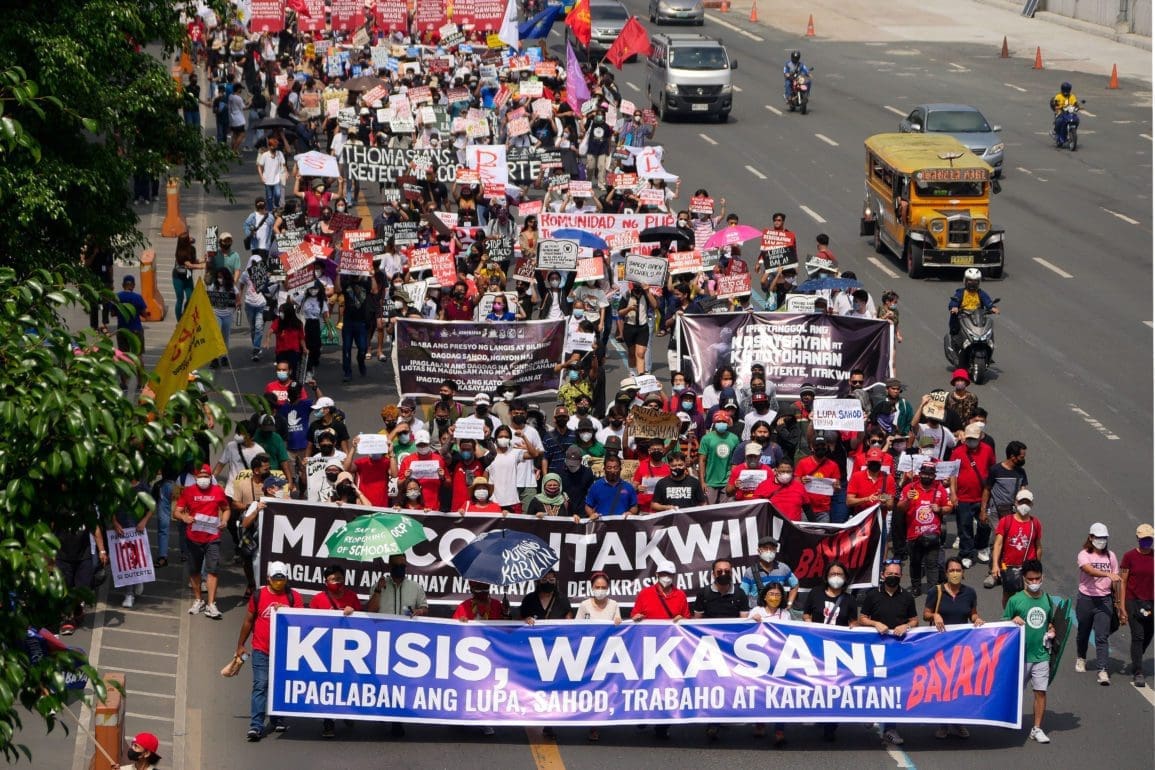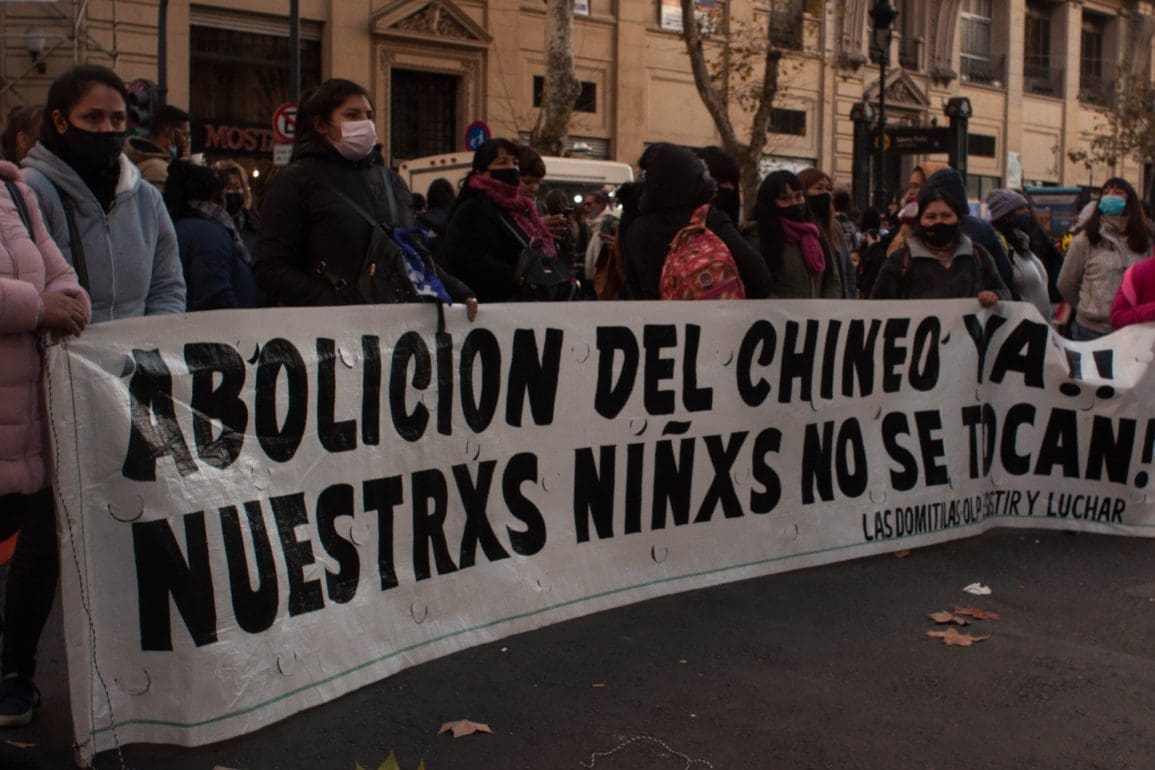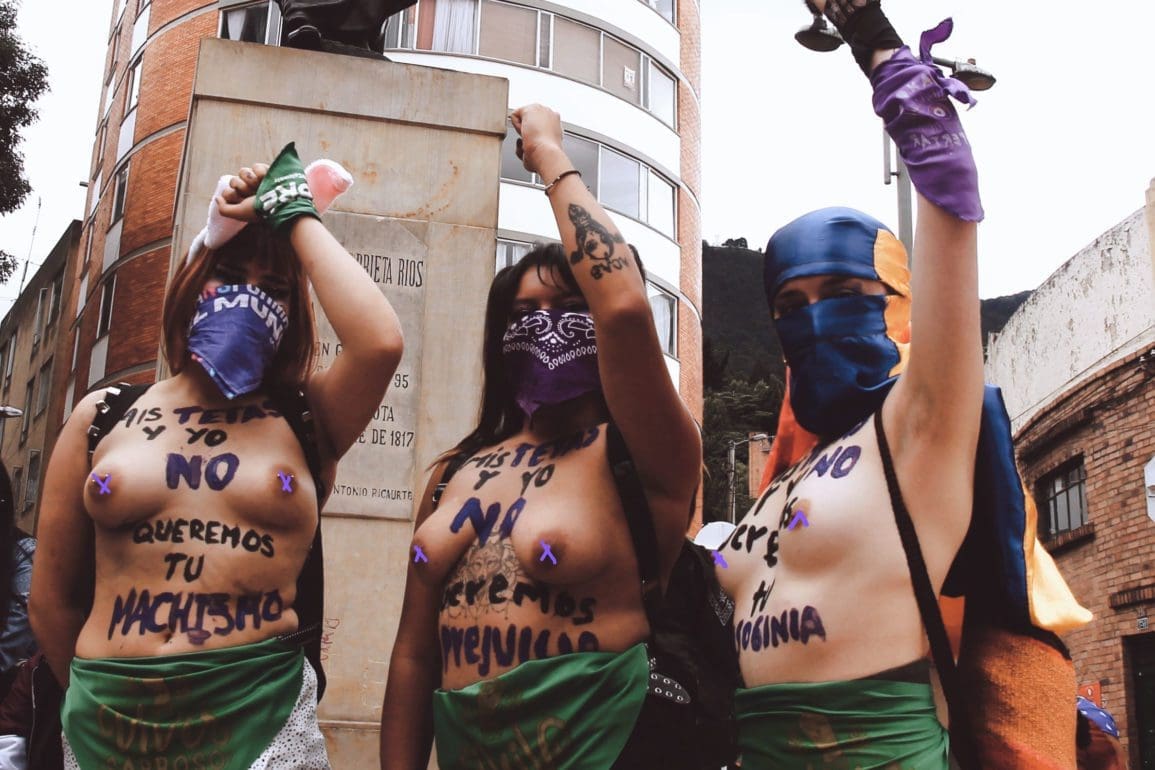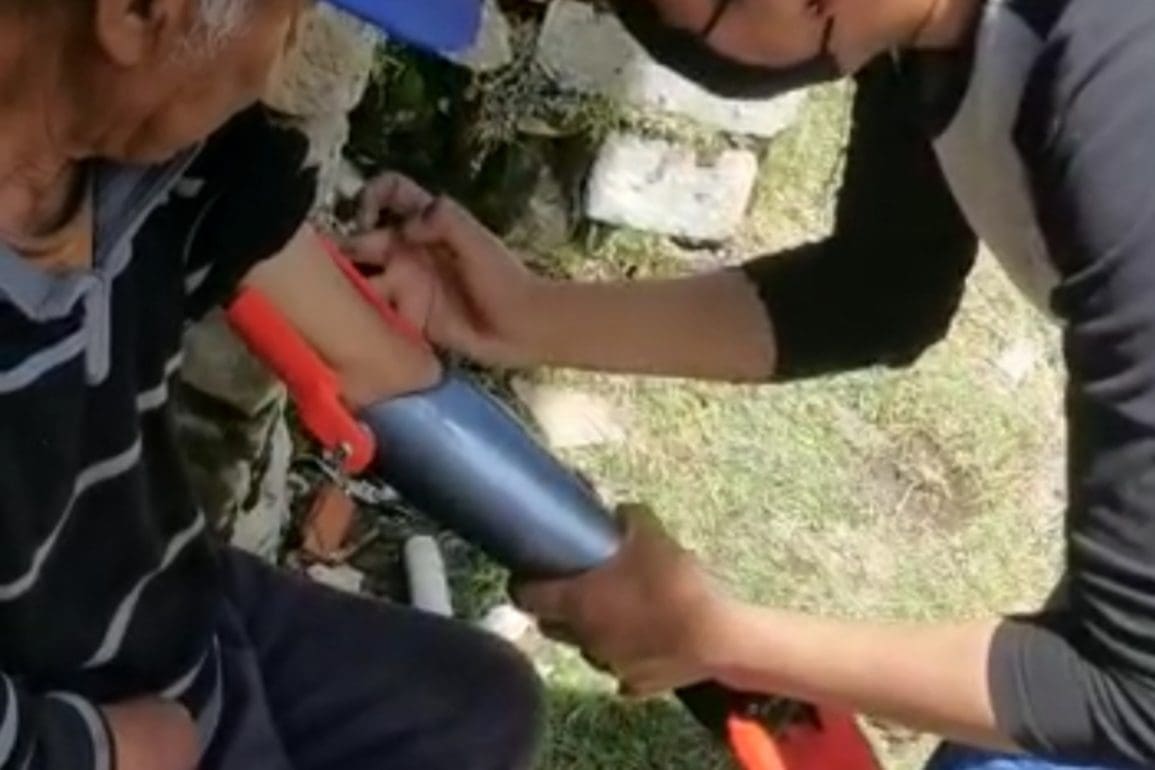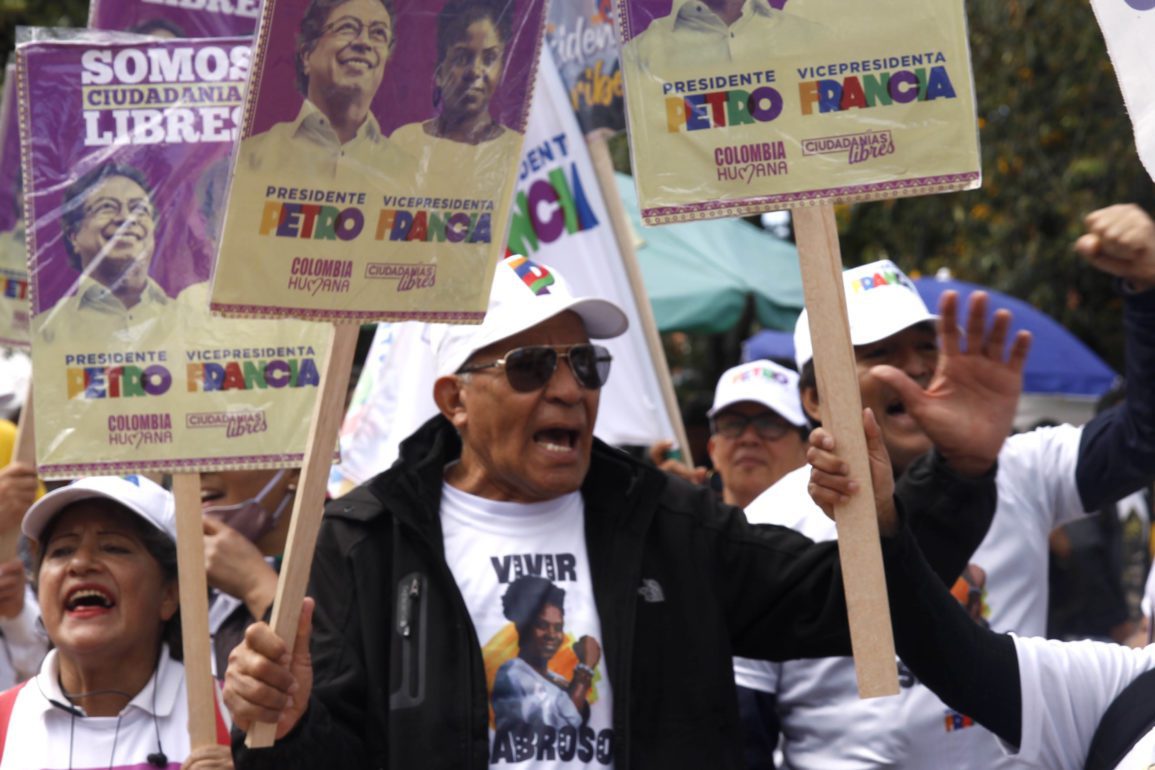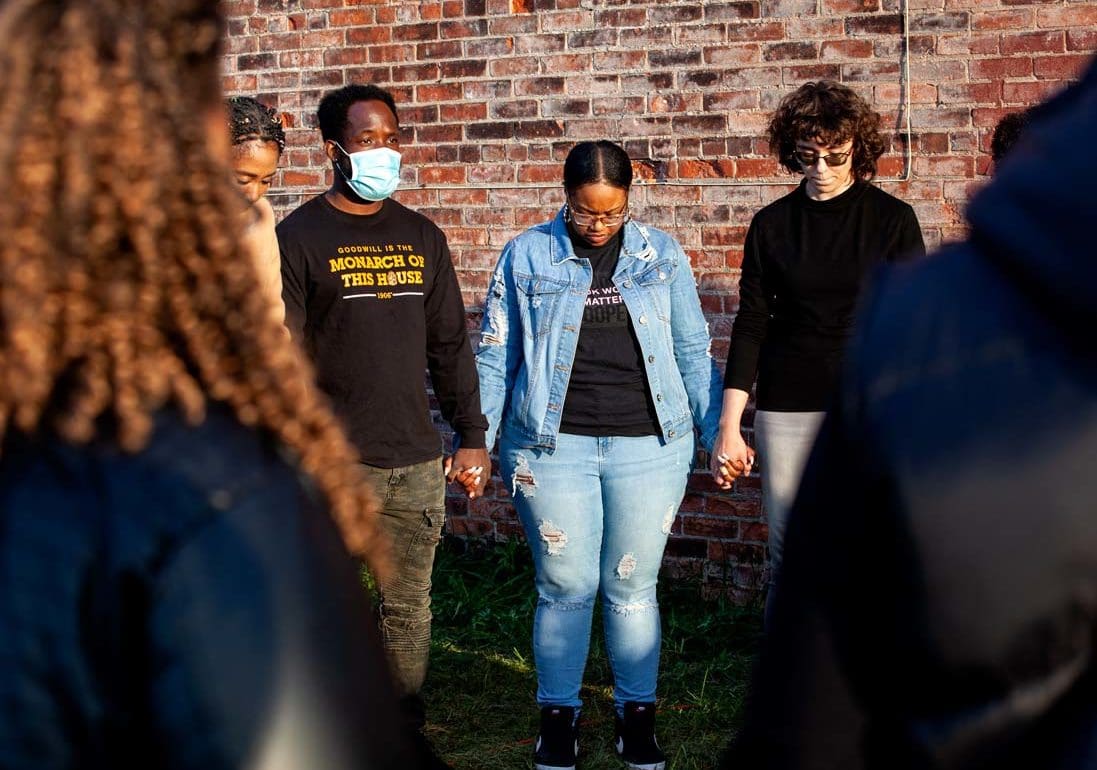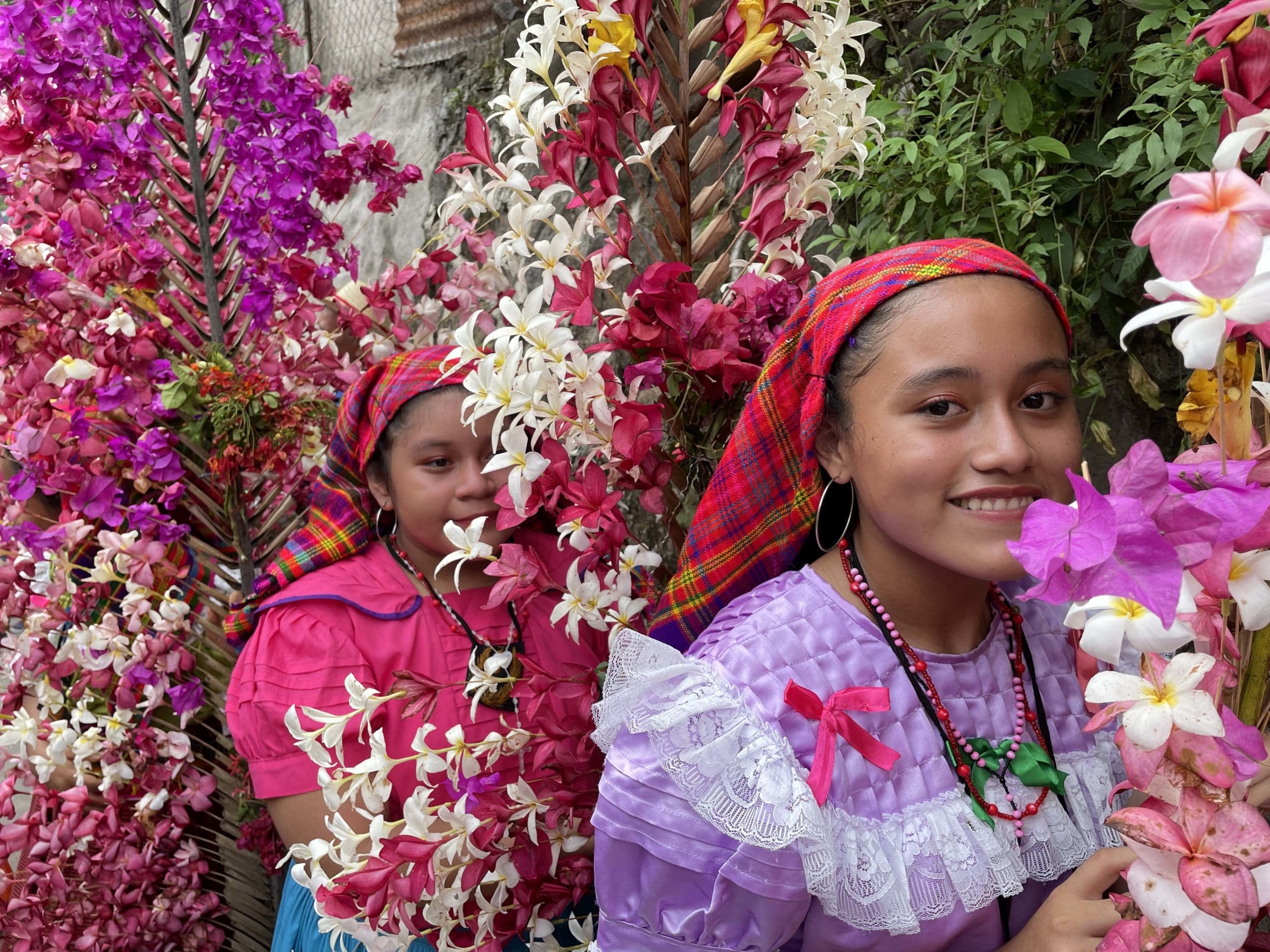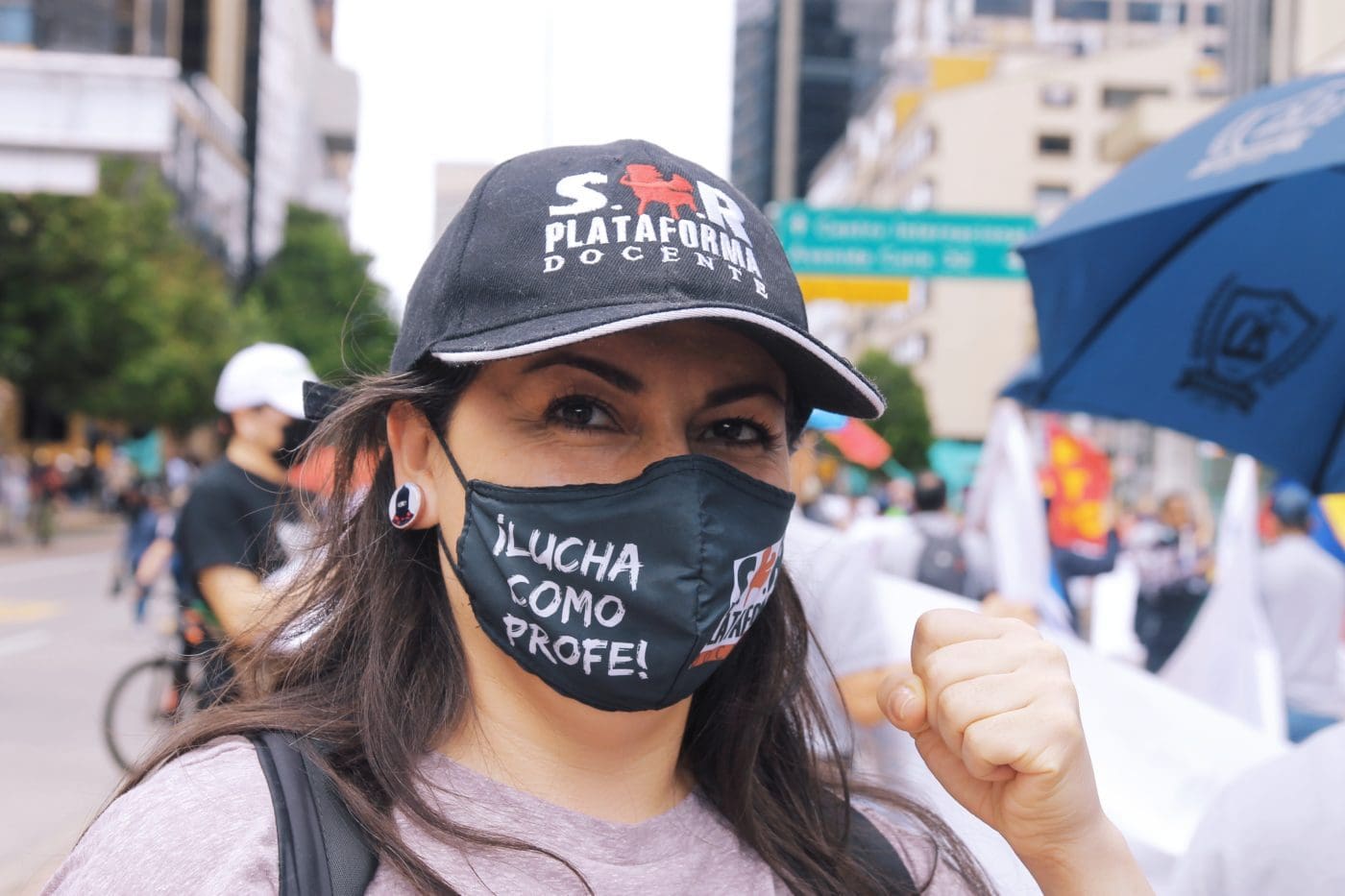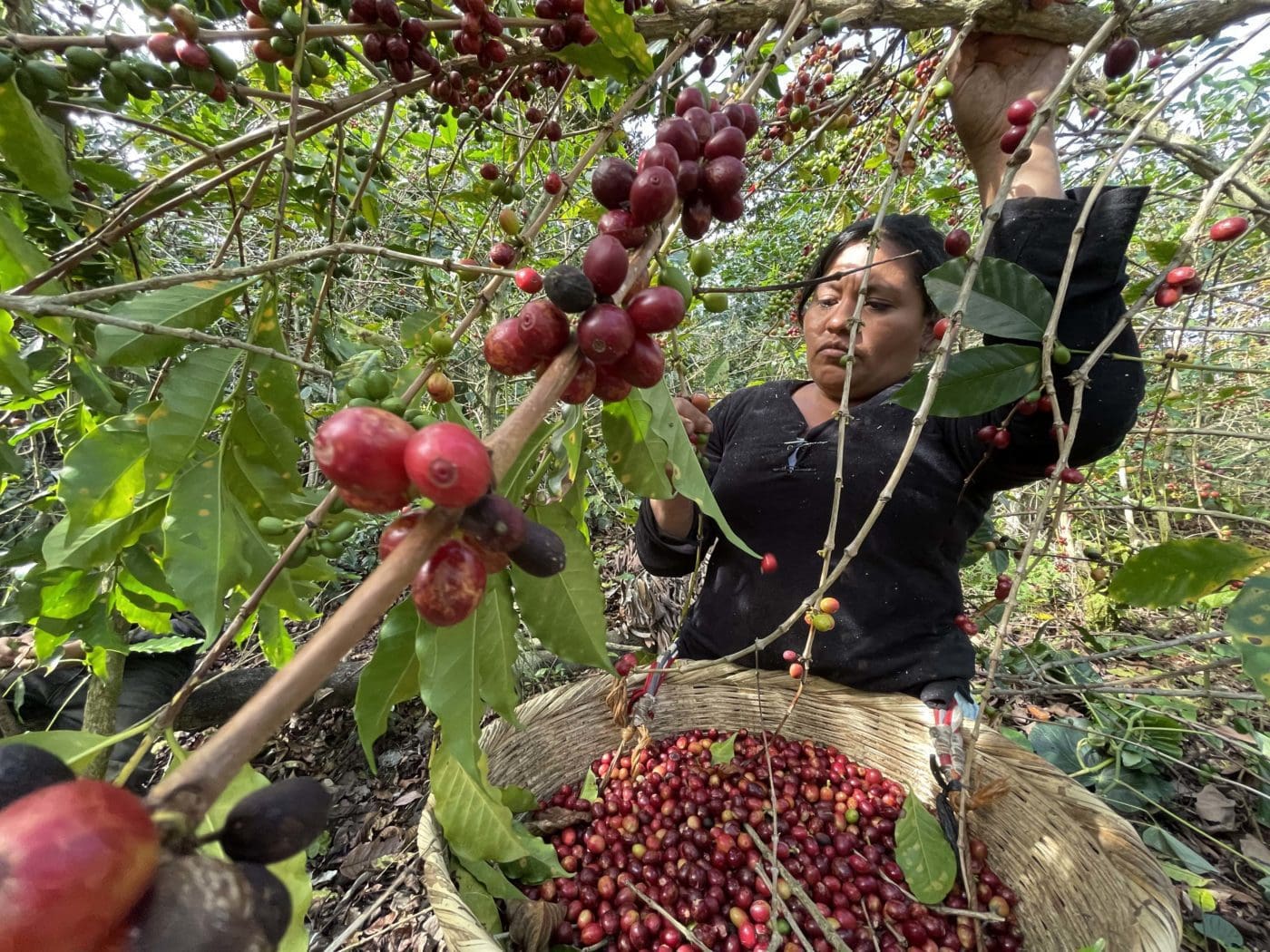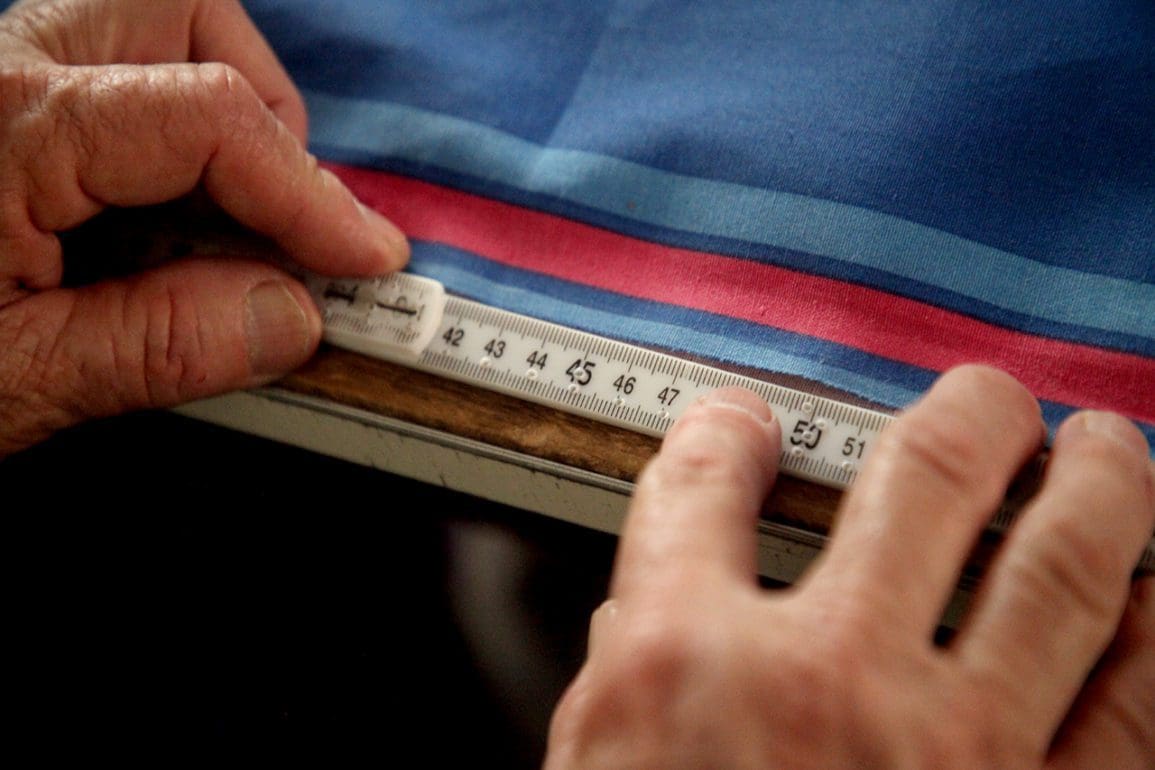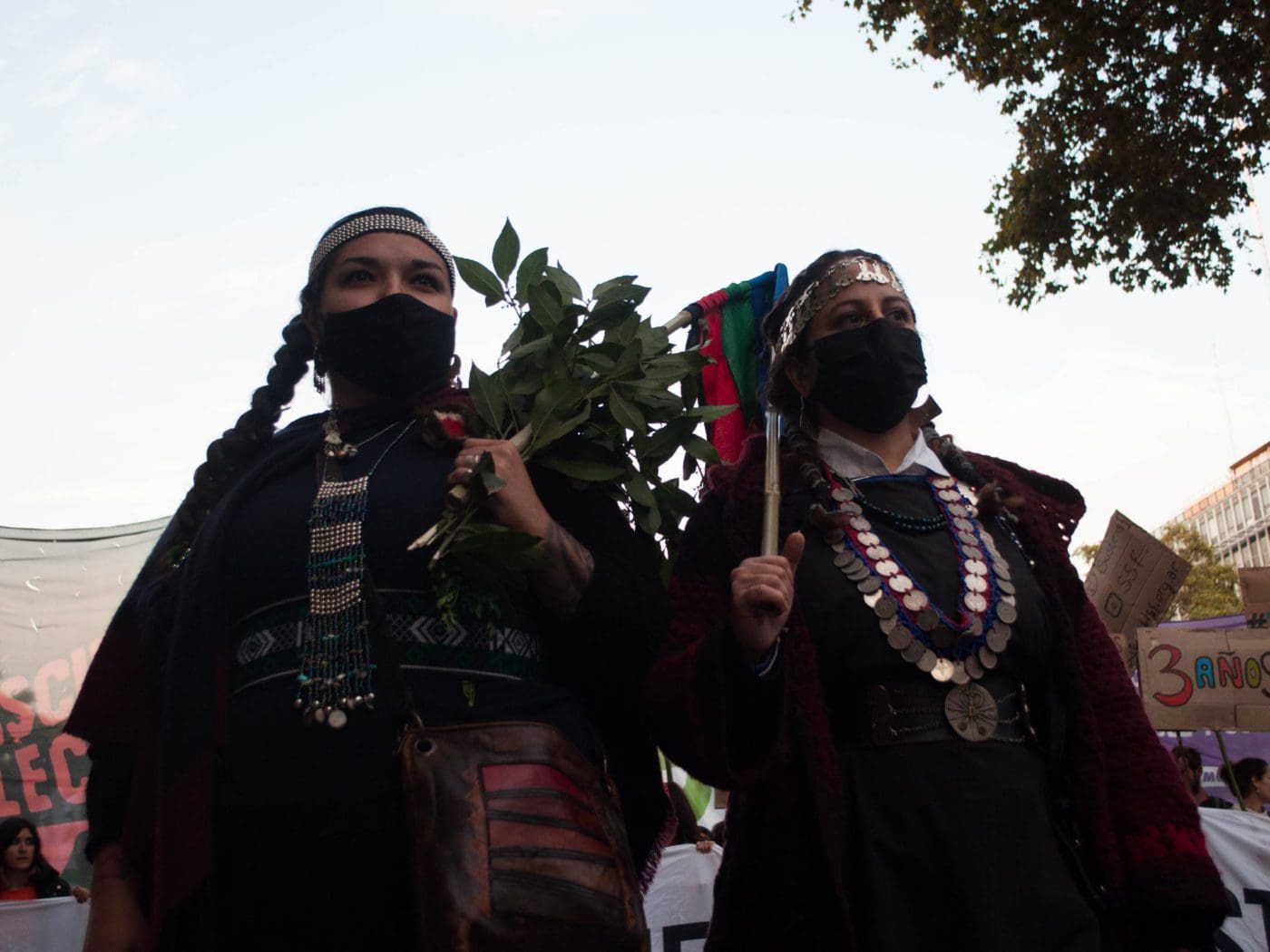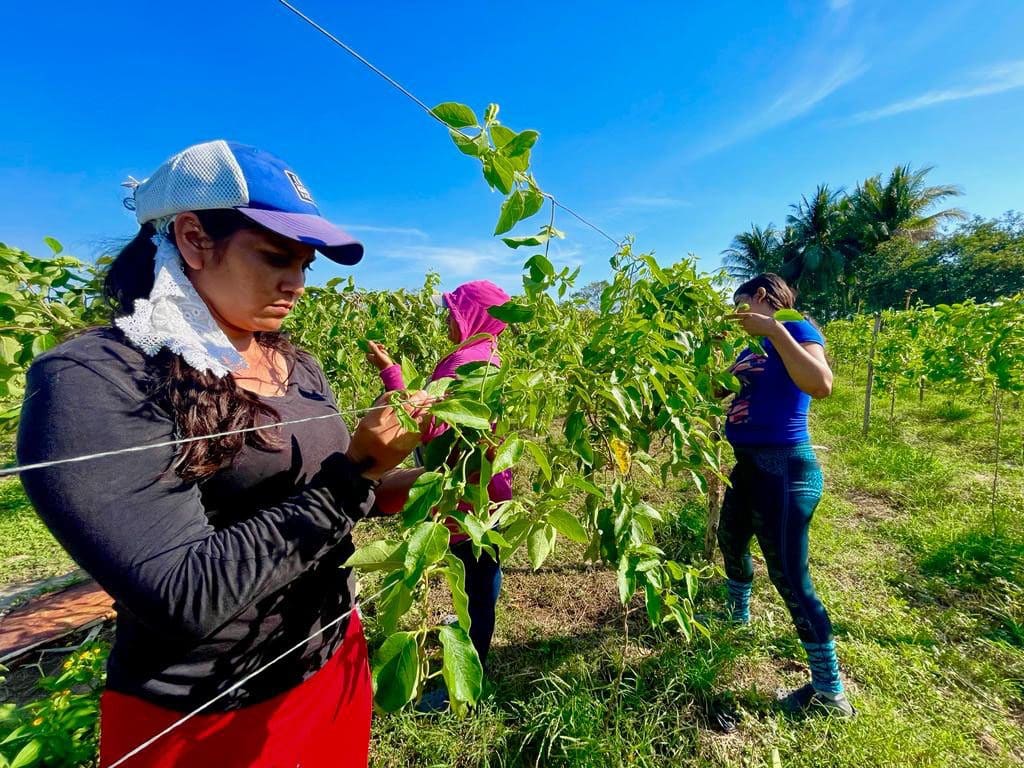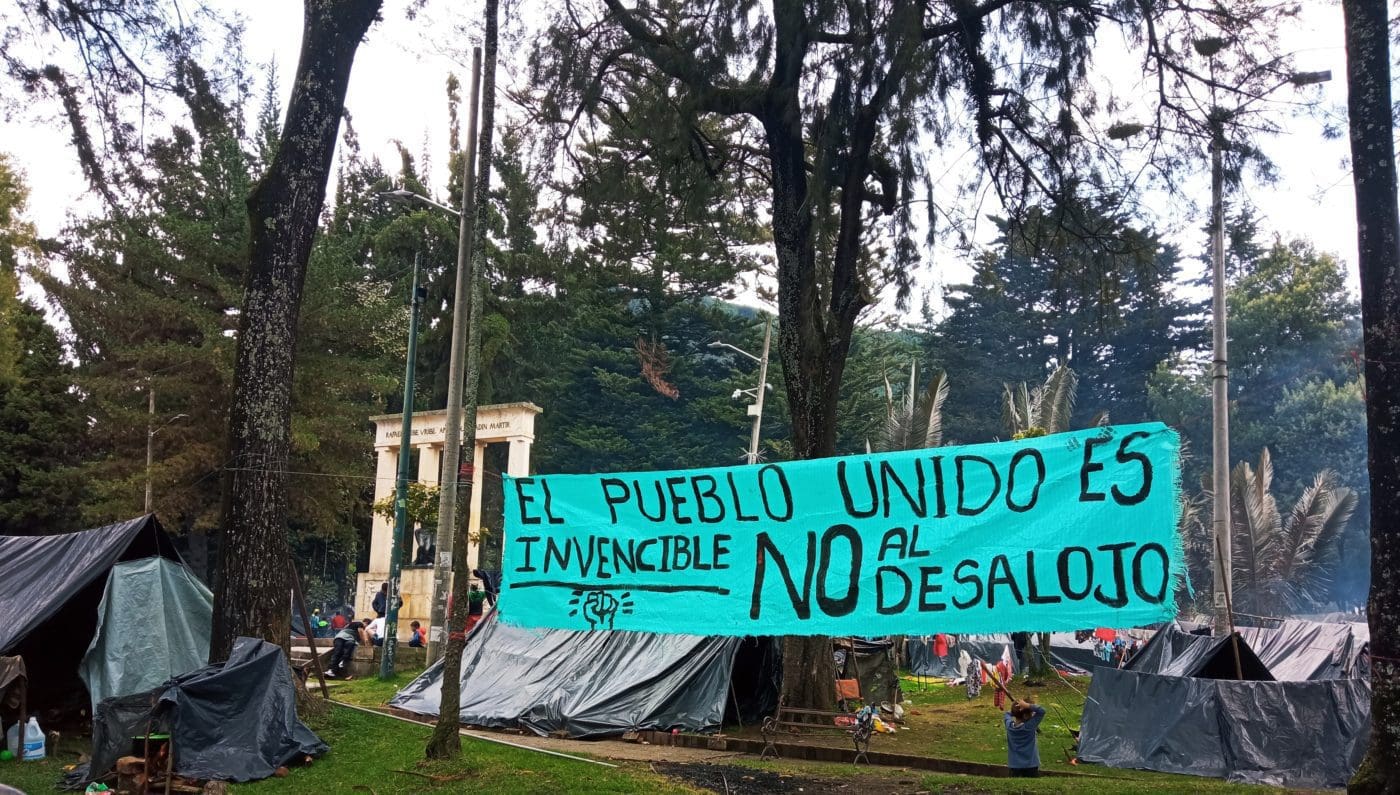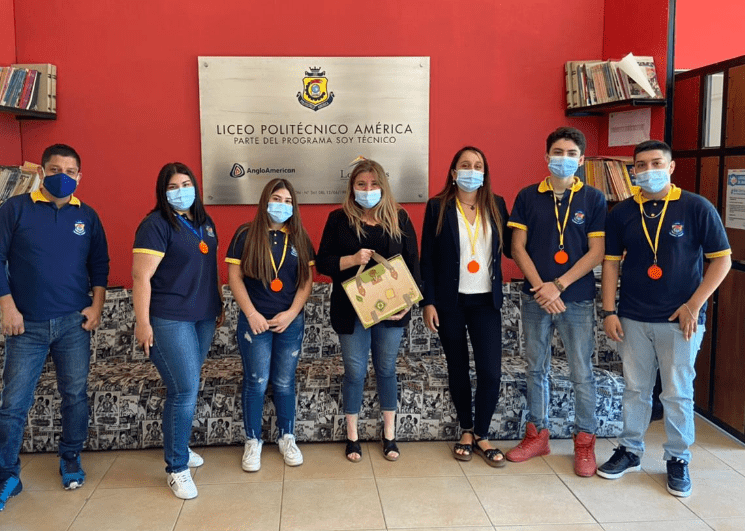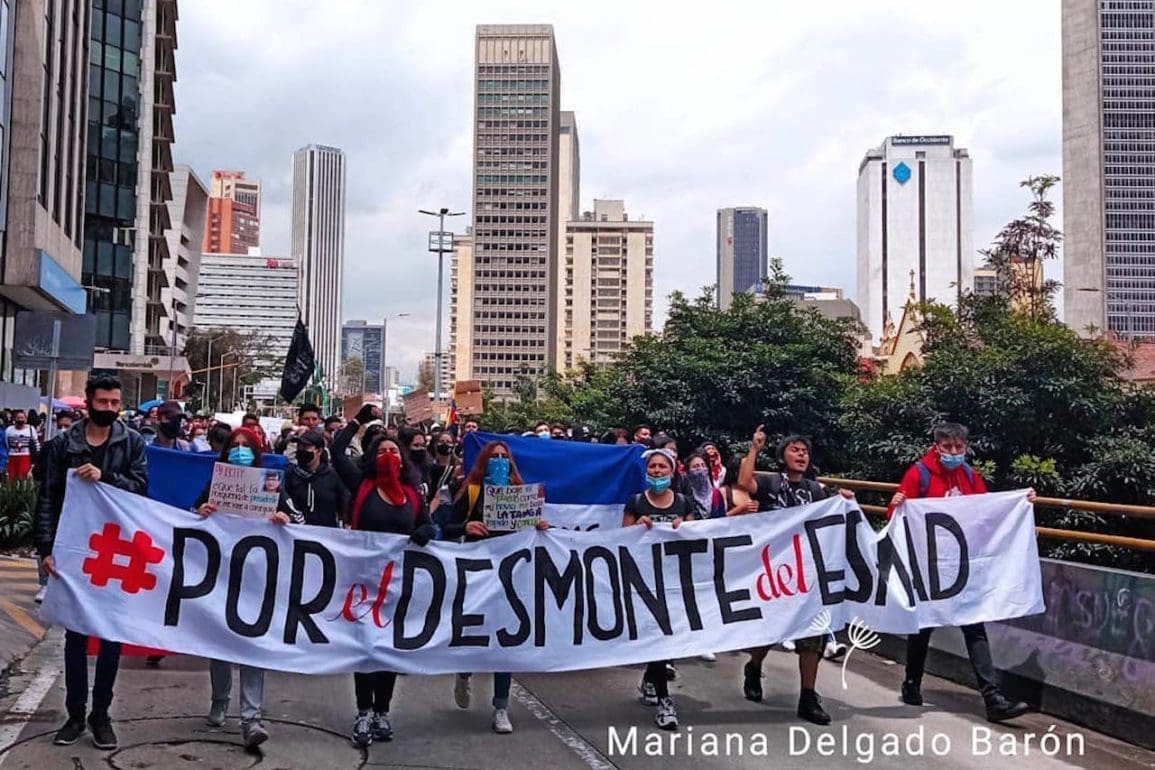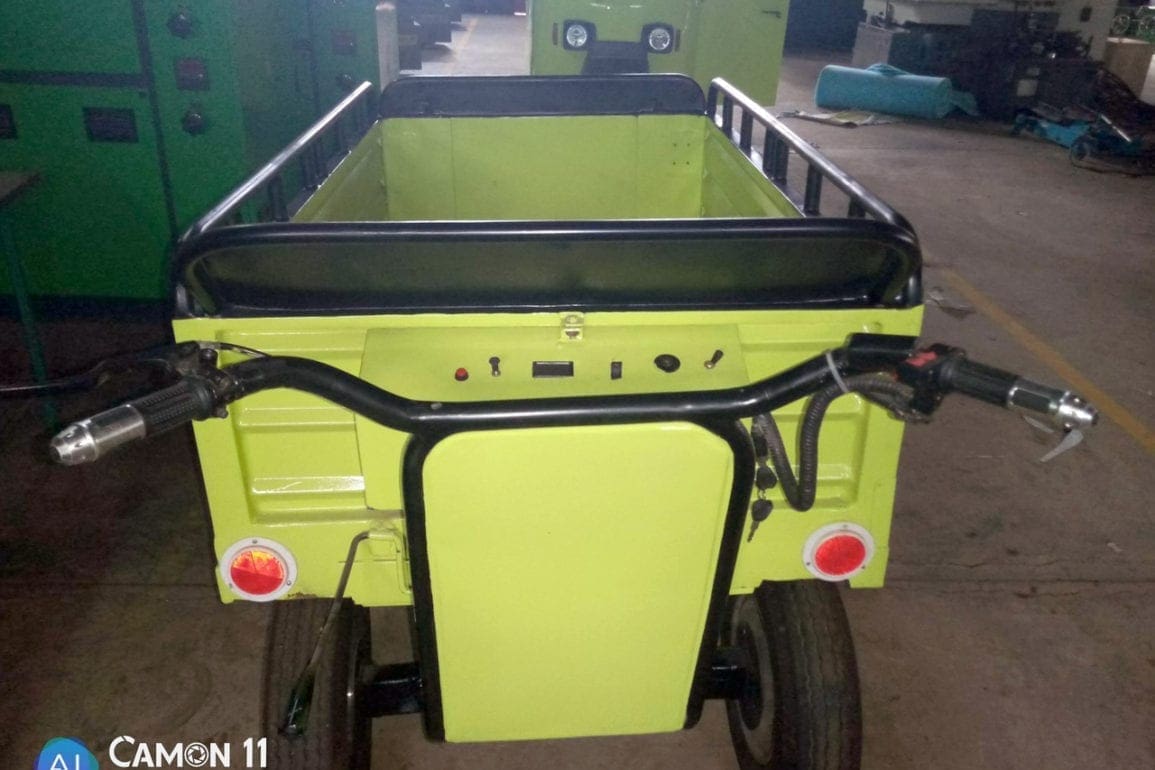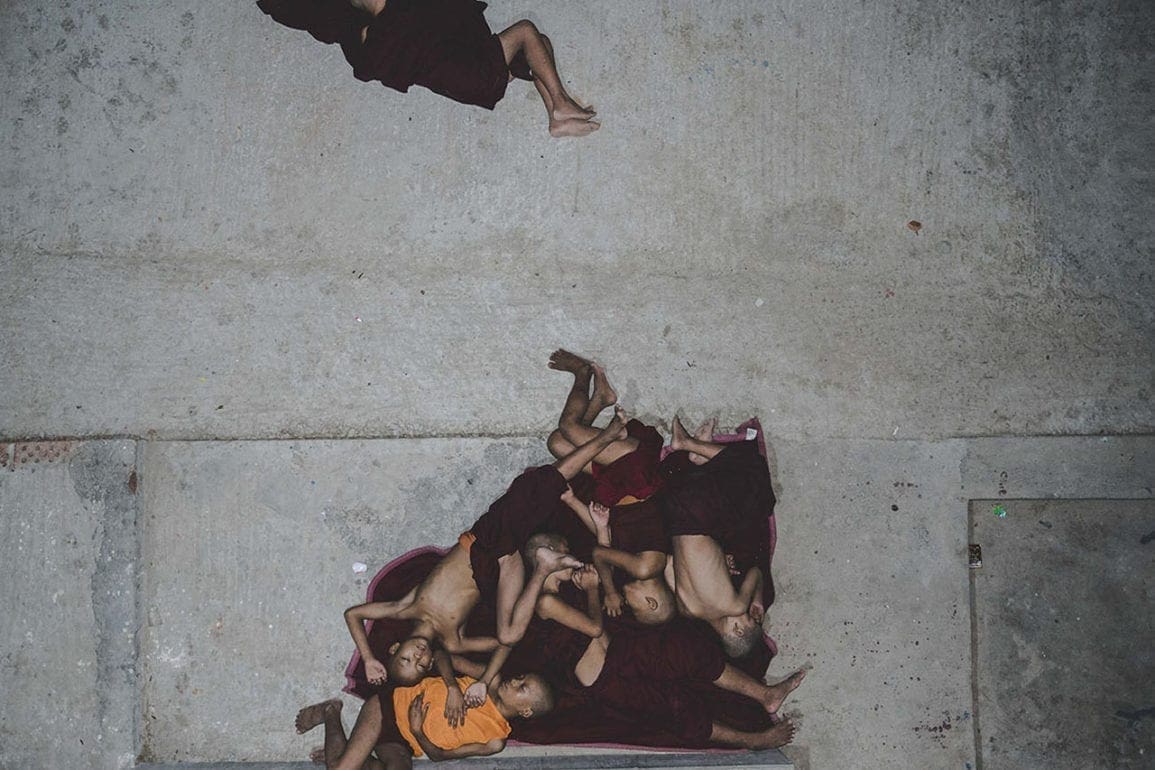Archeologist uncovers pre-colonial bones in Philippines: now mapping trade routes
Few people know of Filipino history before Spanish colonization. The pre-colonial people of the Philippines shared a rich culture and established themselves in incredible ways. Several historians described pre-colonial Philippines as one of the most developed cultures to have ever existed.
- 3 years ago
March 15, 2023

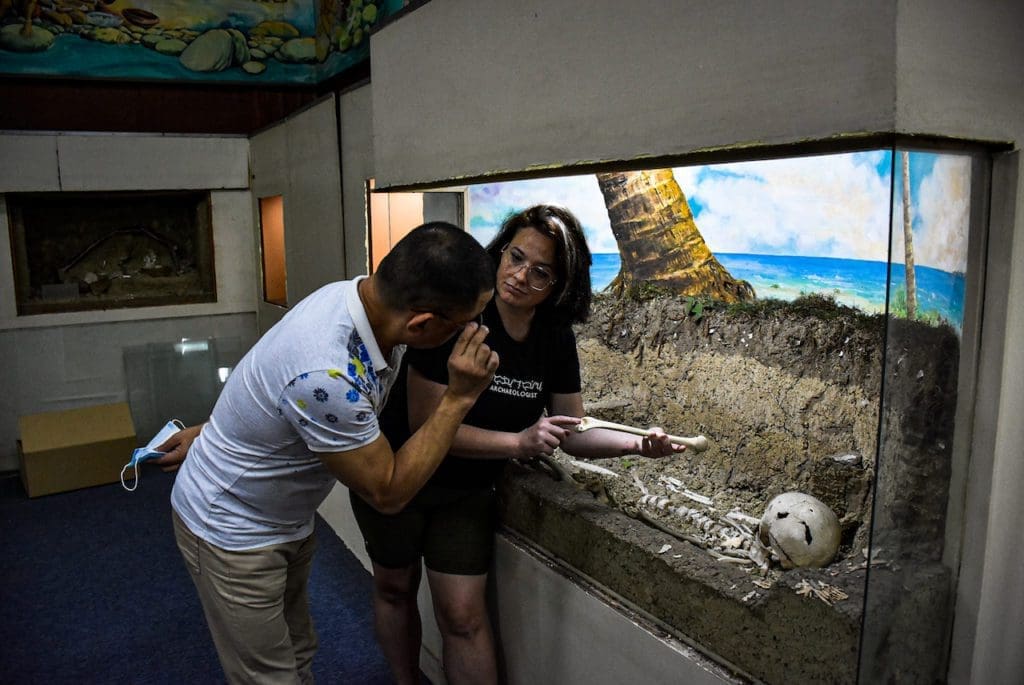
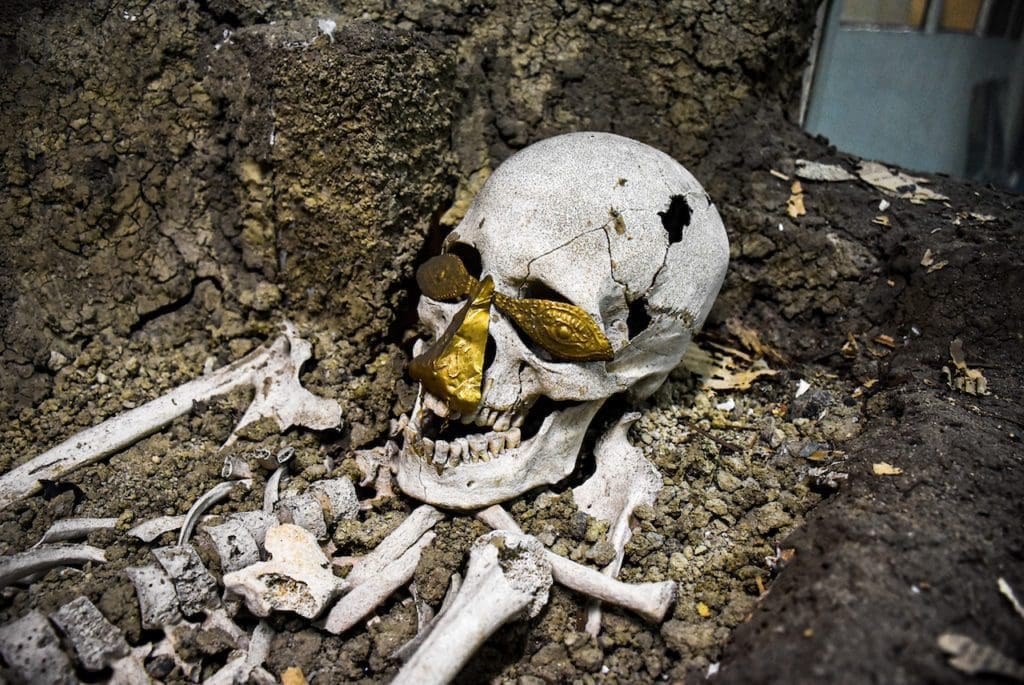

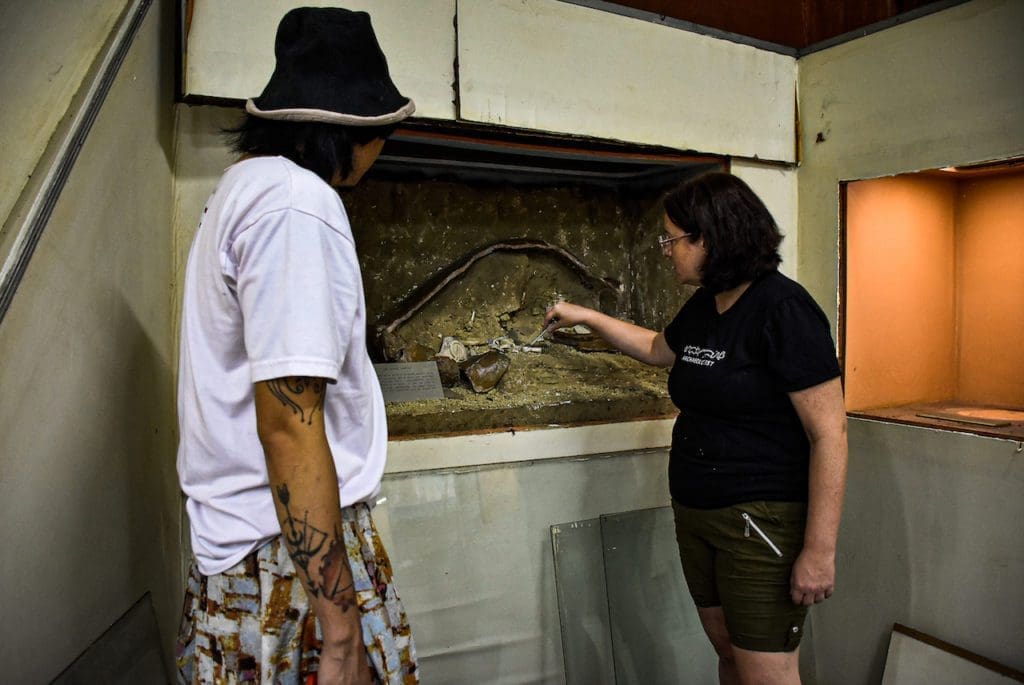

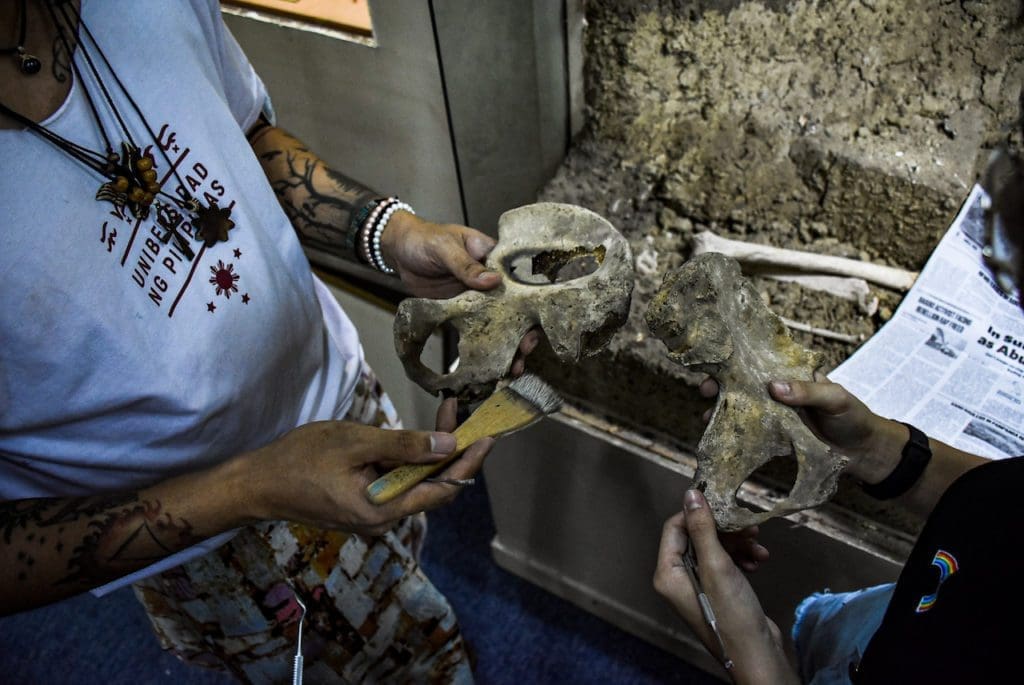
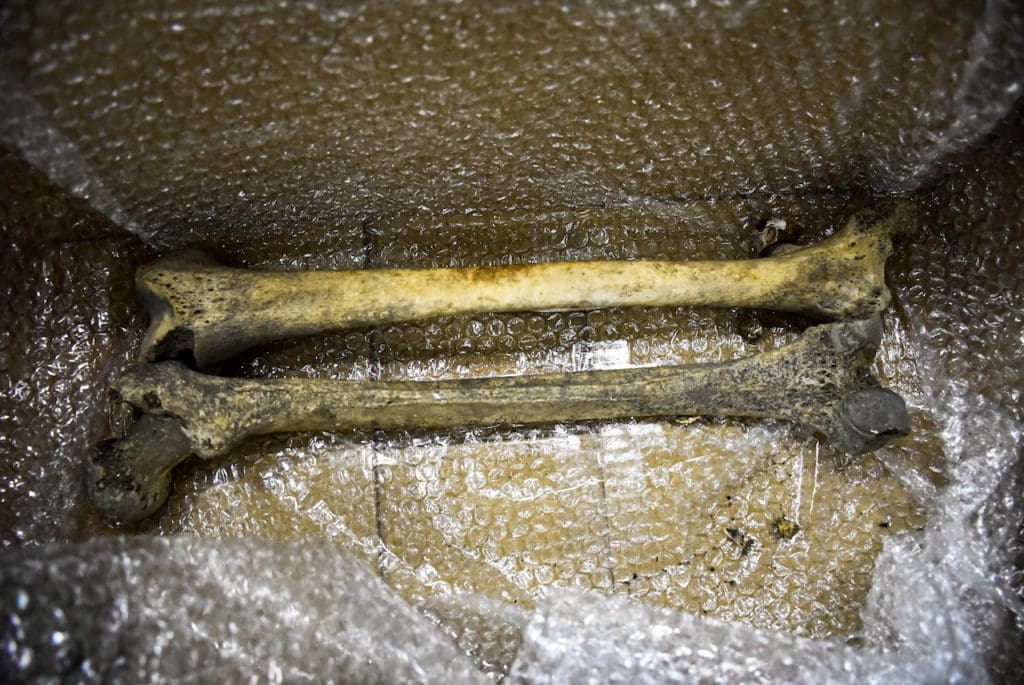
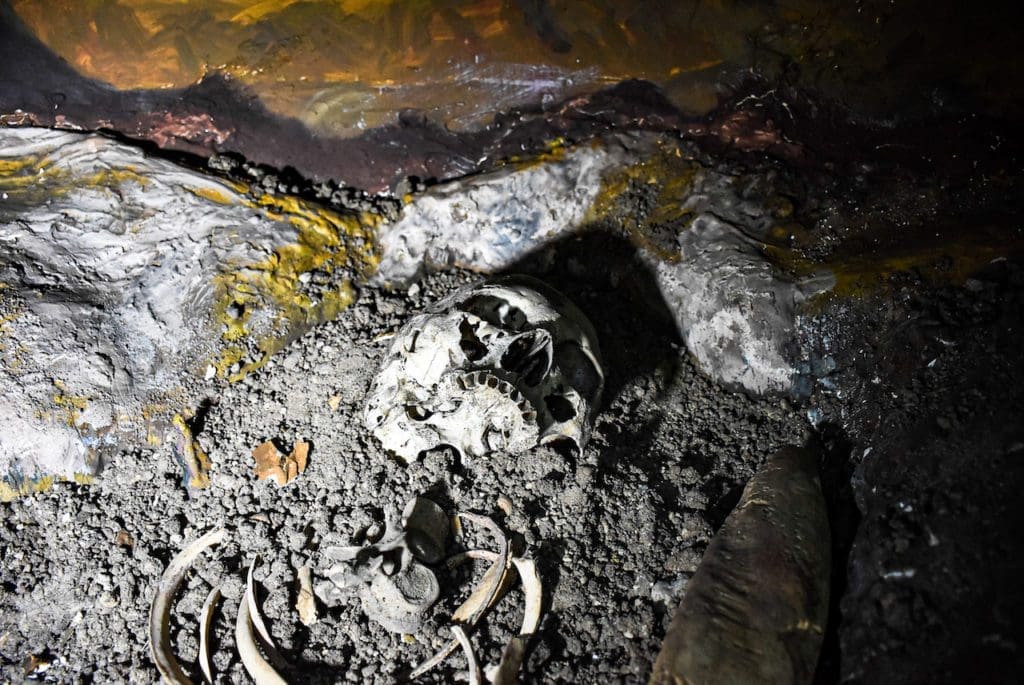
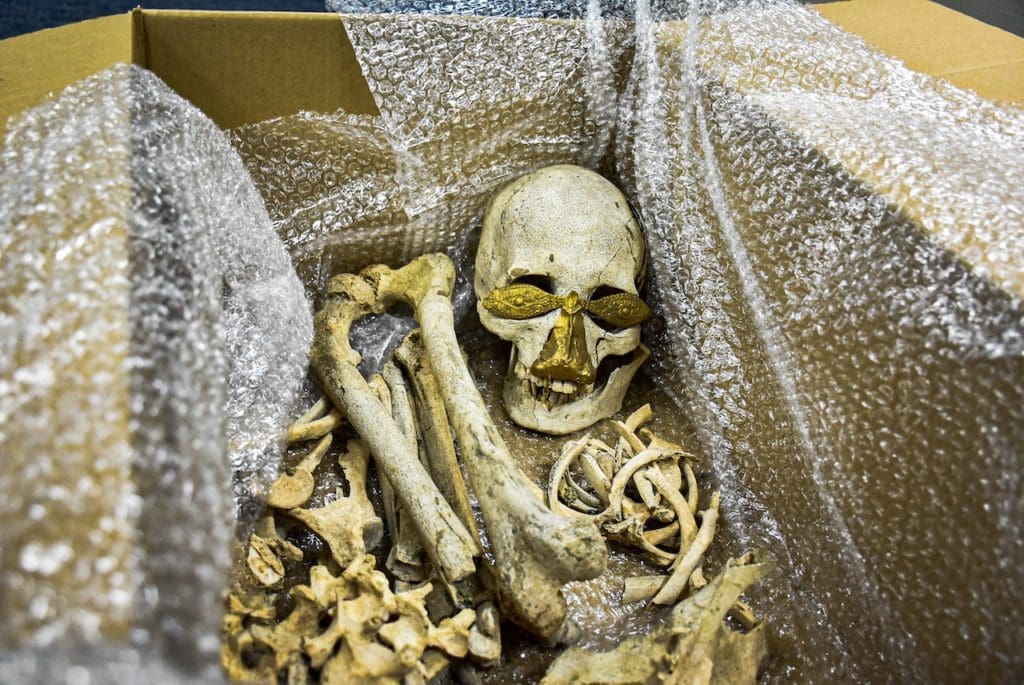
QUEZON CITY, Philippines — For centuries, archeologists have uncovered the remains of past civilizations and studied them. One archeologist, Kimberly Plomp from the University of the Philippines Diliman, recently uncovered pre-colonial bones dating back to the 17th Century. These bones hail from the regions of Iloilo, Palawan, and Southern Cotabato. Her discovery could shed light on mysterious civilizations and their secrets.
Implications and plans around this new discovery
Few people know of Filipino history before Spanish colonization. The pre-colonial people of the Philippines shared a rich culture and established themselves in incredible ways. Several historians described pre-colonial Philippines as one of the most developed cultures to have ever existed.
Read more Science & Tech stories at Orato World Media.
Plomp’s archeological find is significant. It sheds light on how these ancient groups lived and interacted with one another in Southeast Asia. Moreover, these bones could reveal secrets about the culture and traditions passed down through generations. Plomp and her team unearthed pottery shards, human bones, and other artifacts, currently being analyzed and carbon dated.
Scientists hope to map out the trade routes used by these ancient civilizations. With this knowledge, they can track the movements of animals and plants across the region. Archeologists aim to build a complete picture of the area’s history by piecing together these discoveries.
The findings from the site count as part of a larger research project called “Revealing the Past: Exploring the Pre-Colonial Southeast Asian Landscape.” This study is a collaboration between Plomp, the University of the Philippines Diliman, Visayas, and the National Museum of the Philippines.
What we know about this early civilization
Scientists and researchers posit that the first known humans called homo erectus may have existed in the Philippines. They point to the evidence of tools known to be made by homo erectus. This research further asserts homo erectus likely washed up by a typhoon on the island nearly one million years ago. Early chiefdoms in the region included metalsmithing, textiles, and trade. Written texts existed through few survived.
Before colonization and Christianization of the region, people largely practiced indigenous animism and shamans held important roles. The chiefdoms evolved into kingdoms and eventually became heavily influenced by foreign forces. However, the people have always maintained a distinct Filipino culture, even as many converted to other belief systems.





